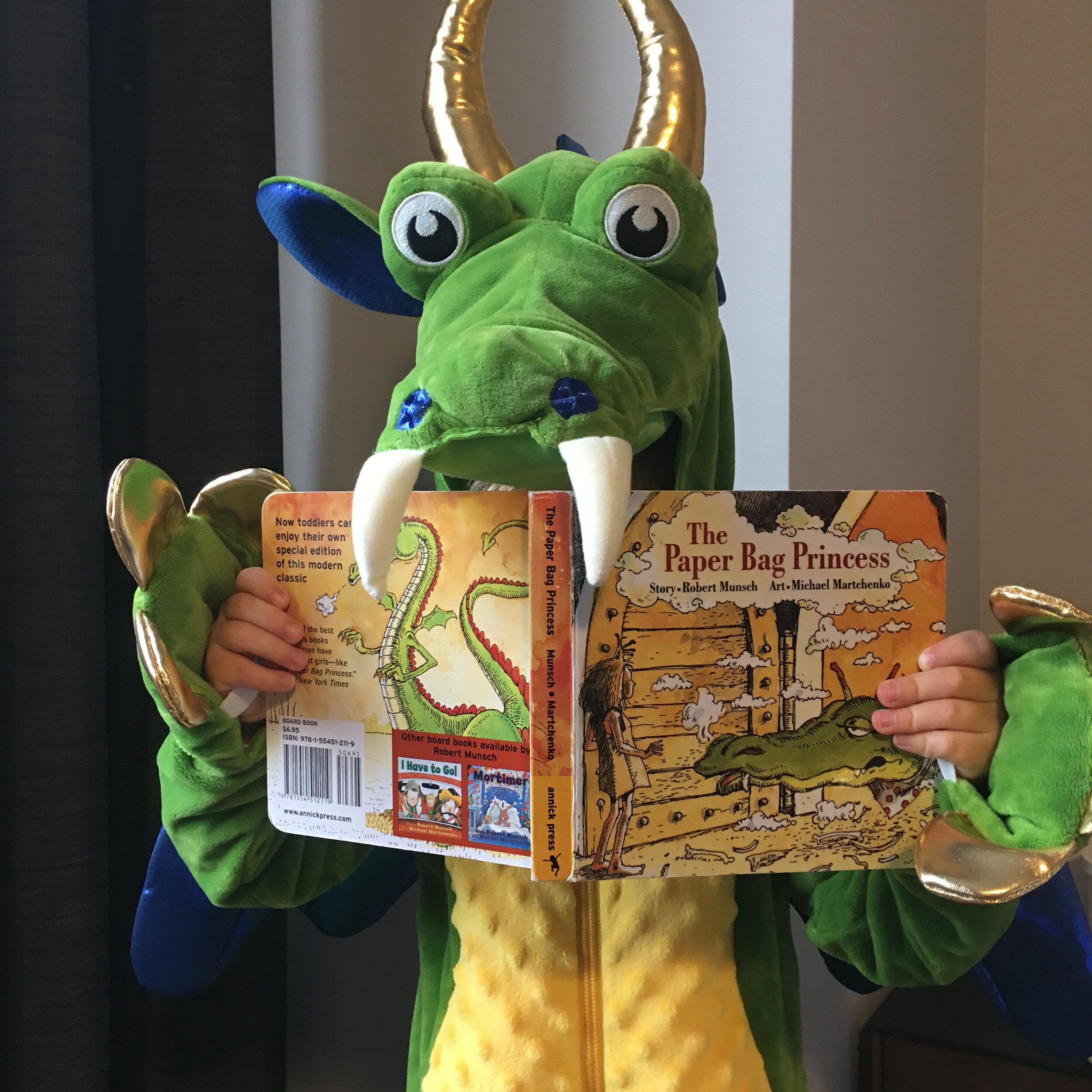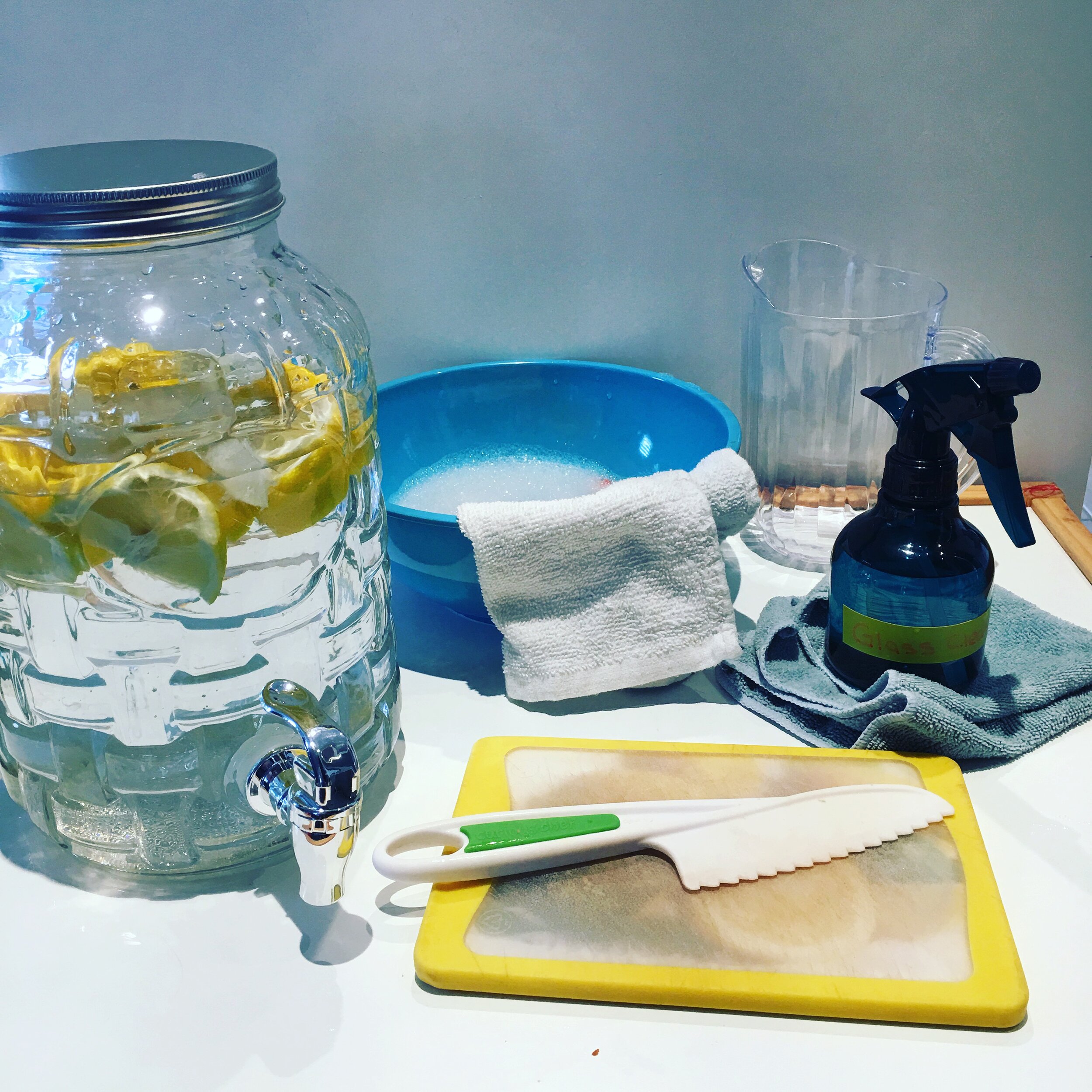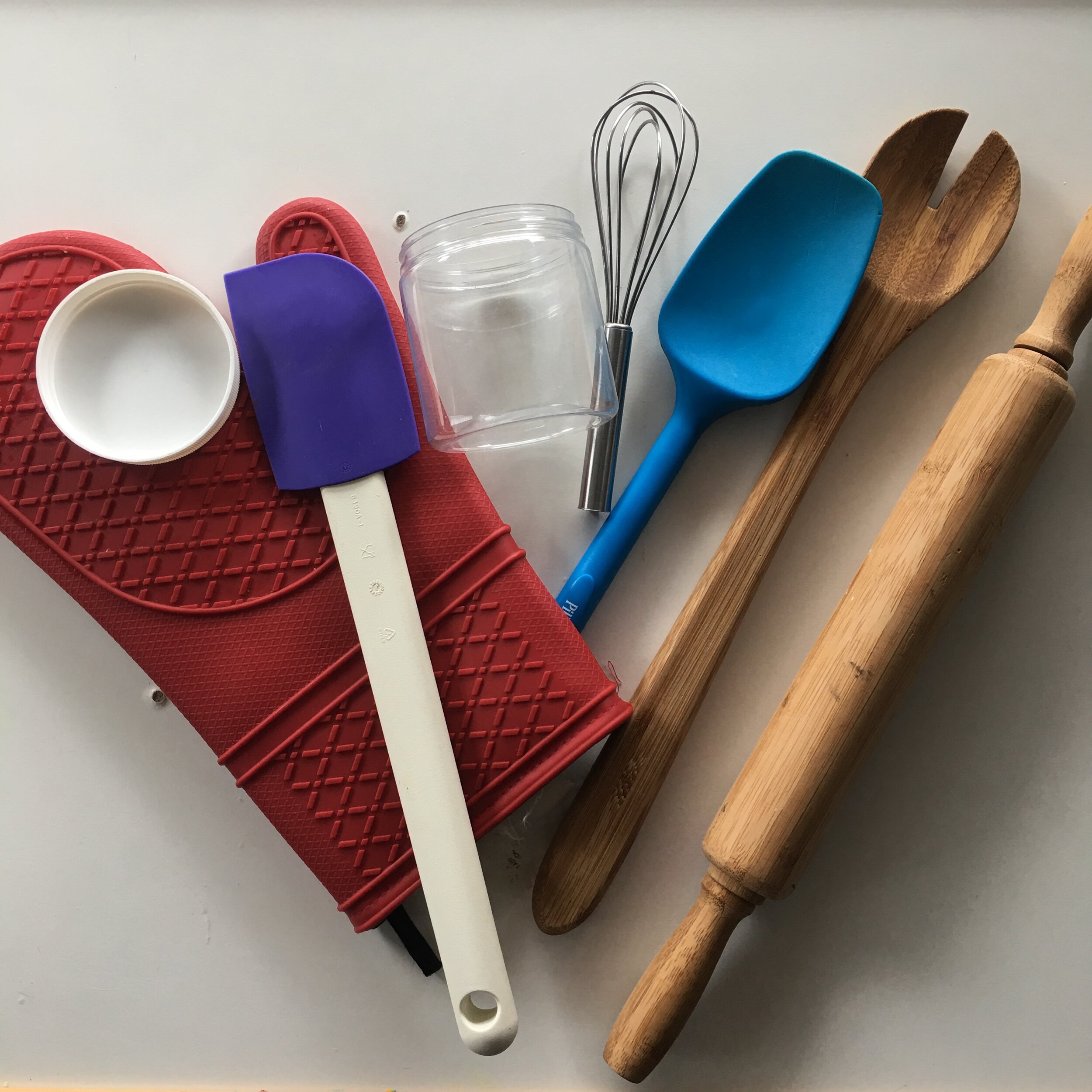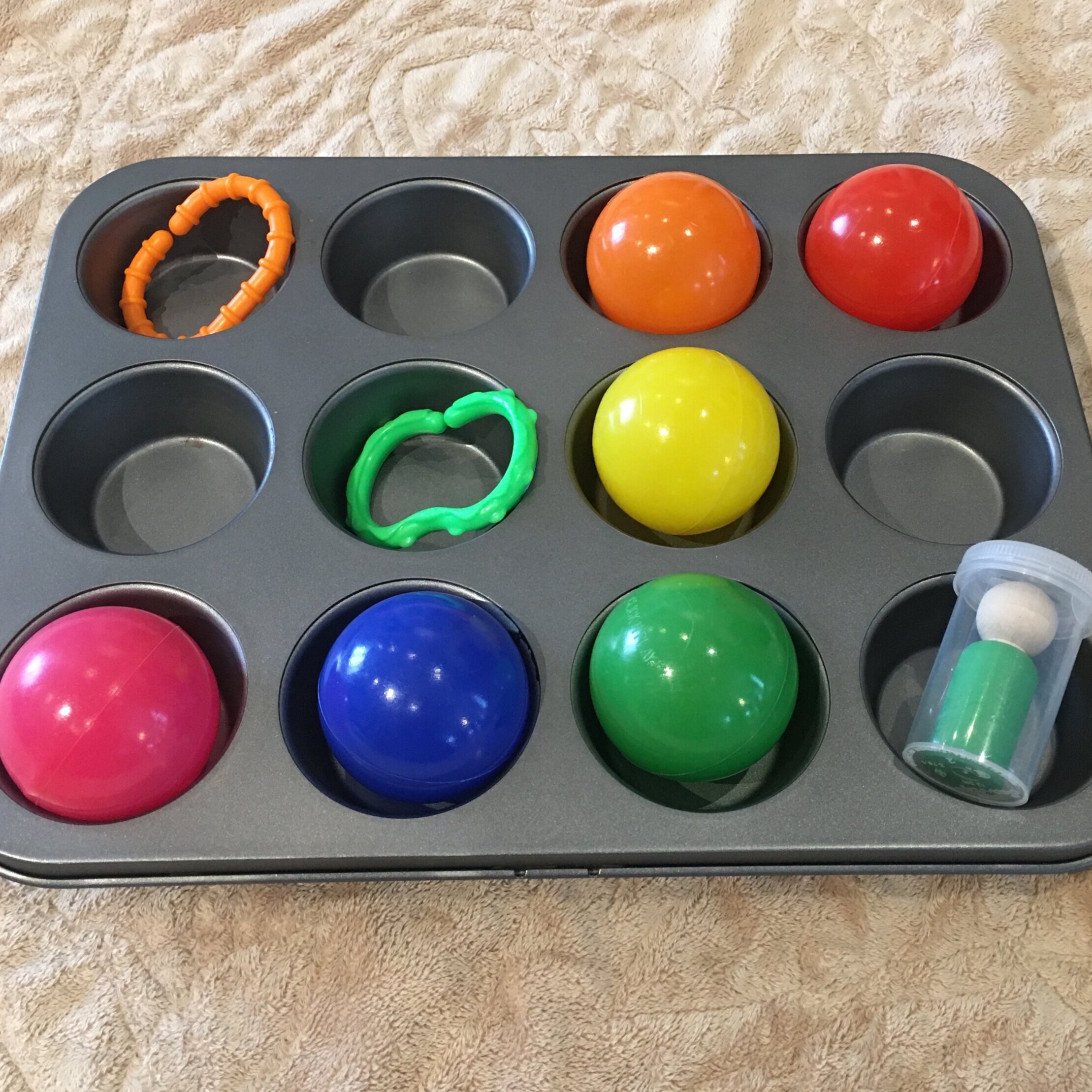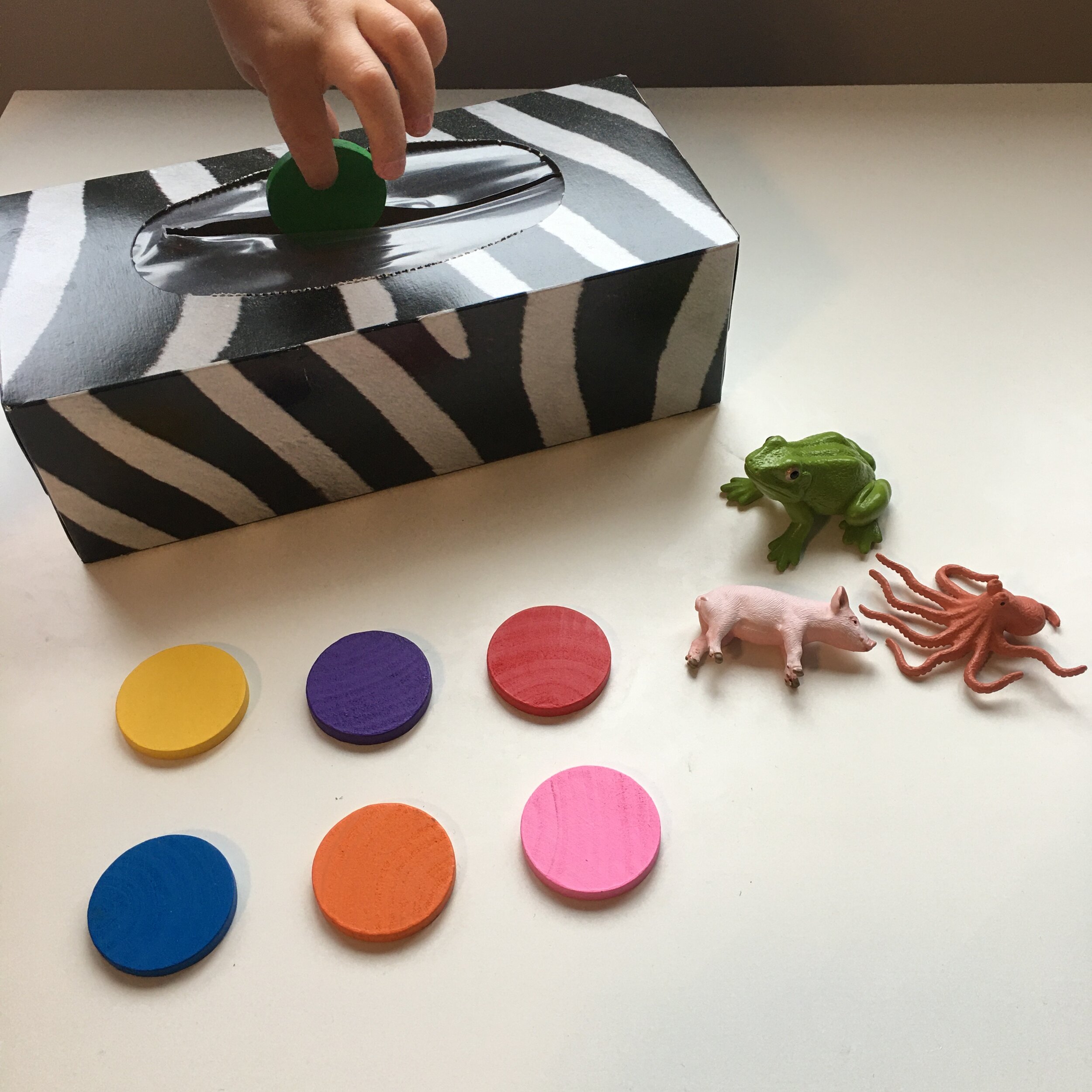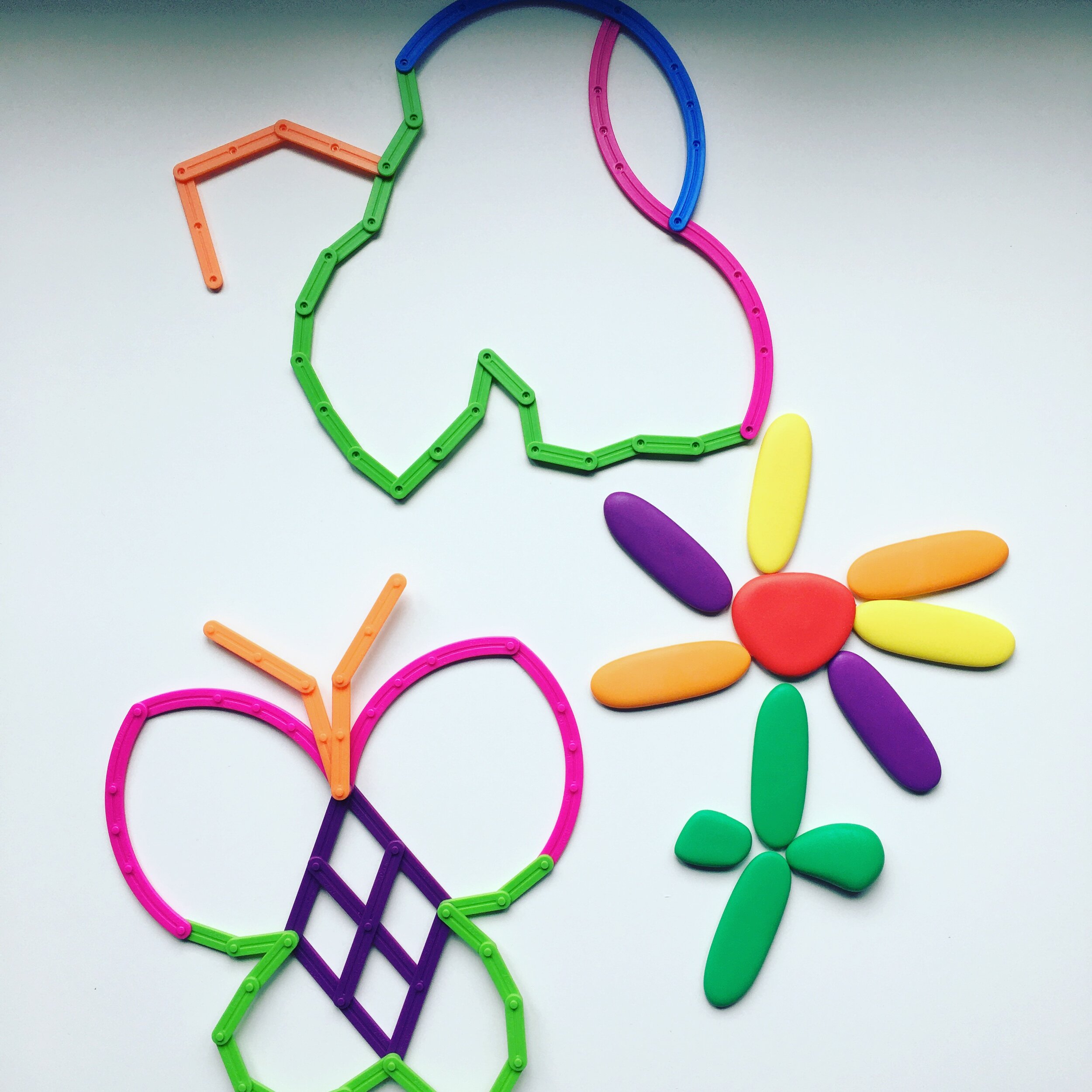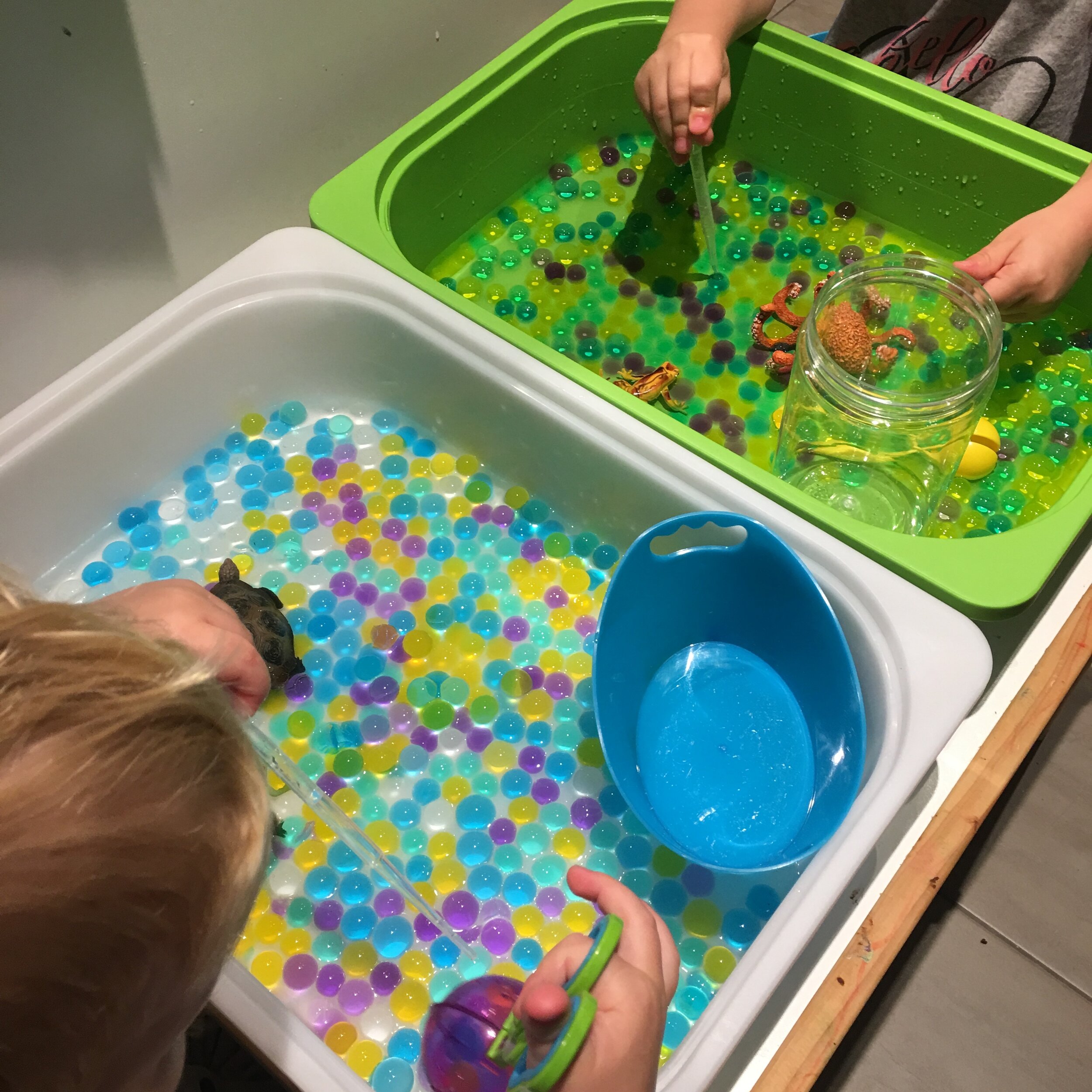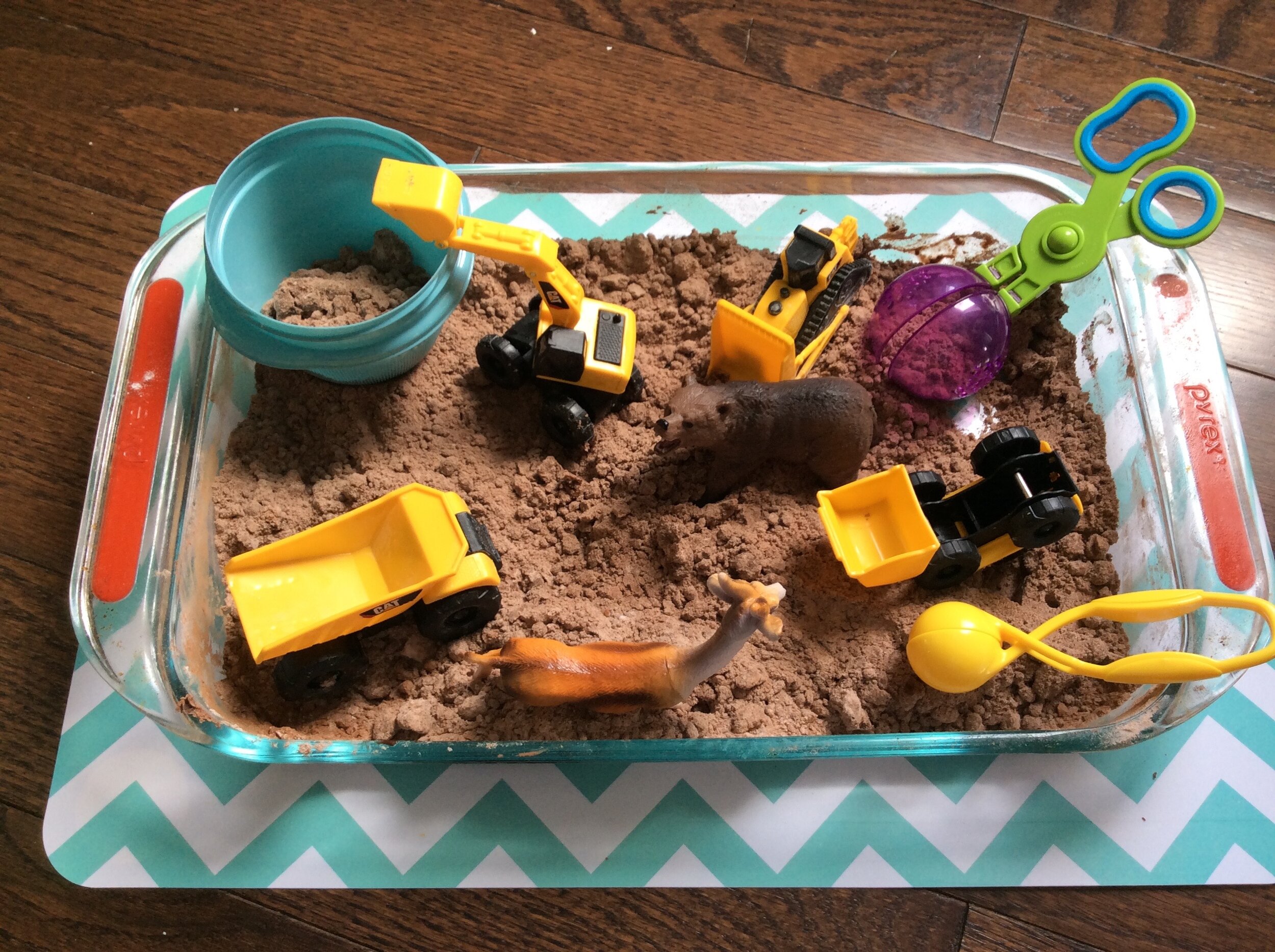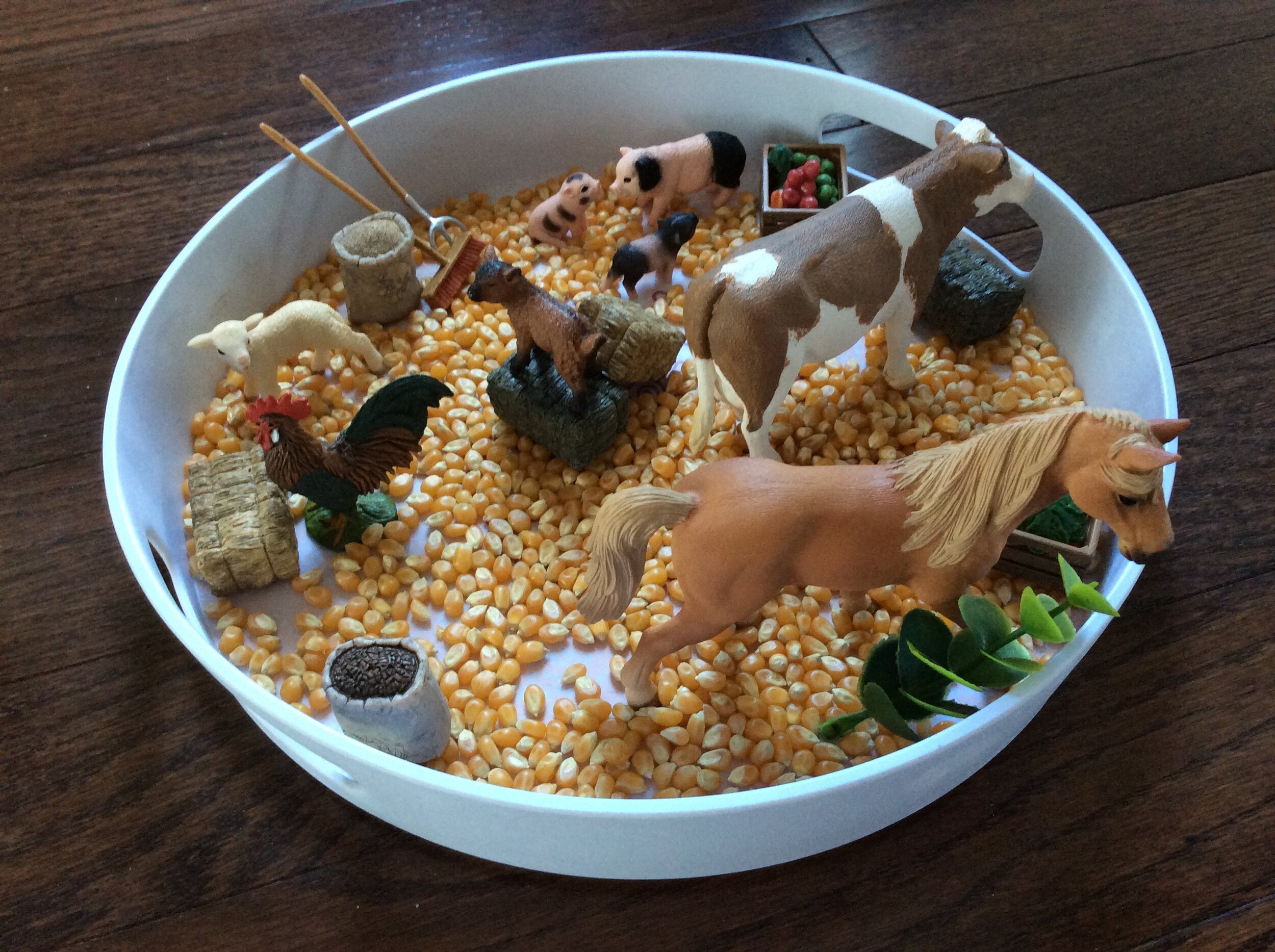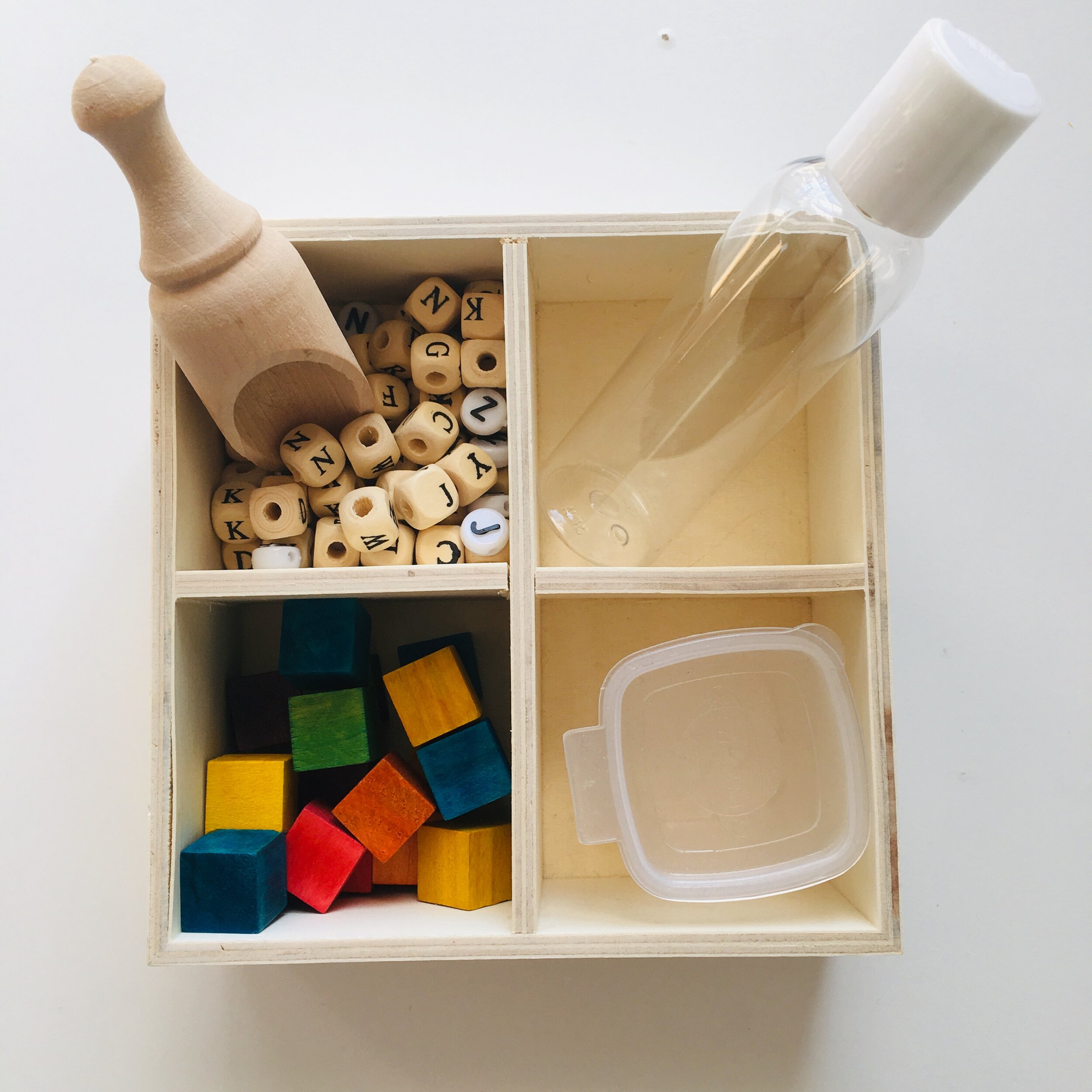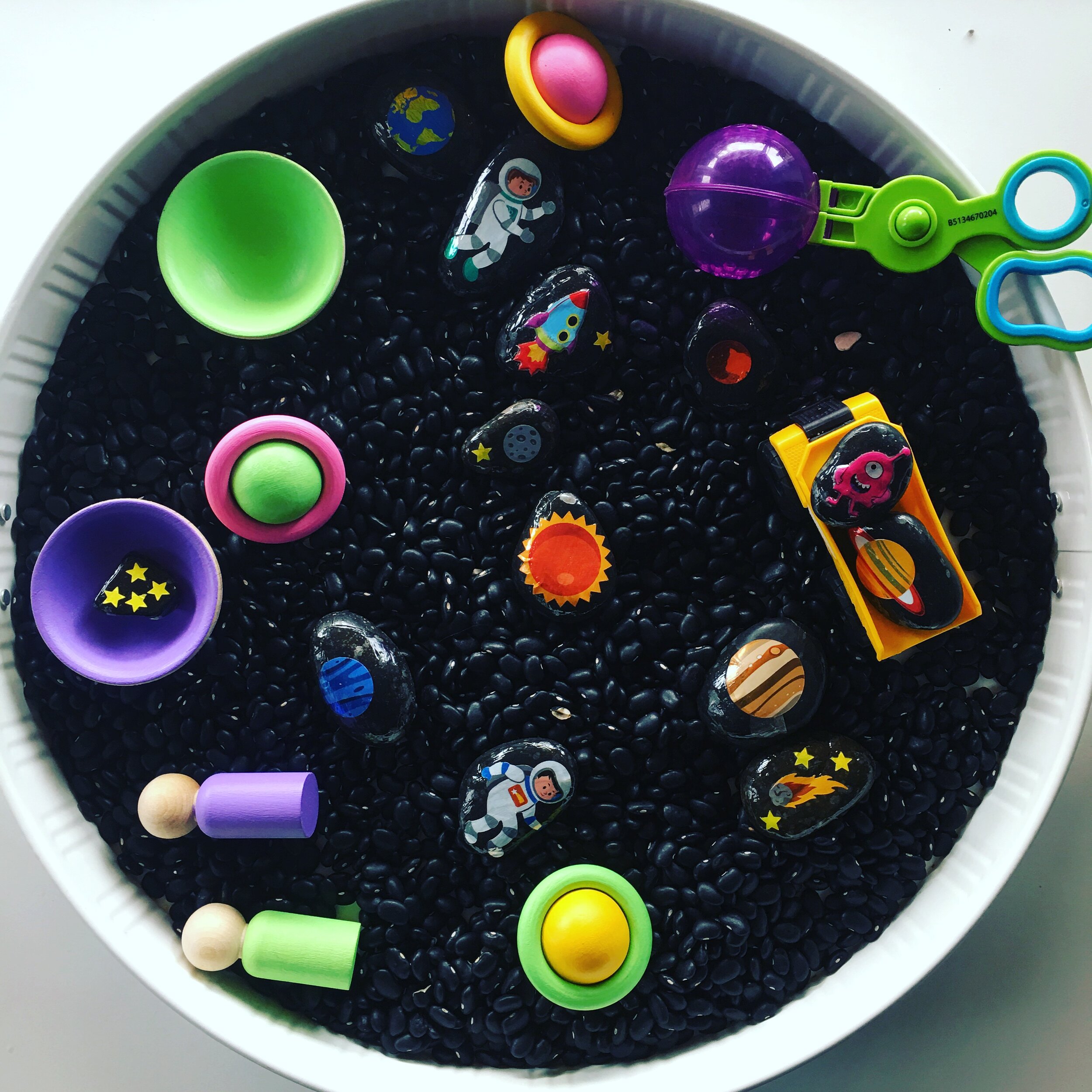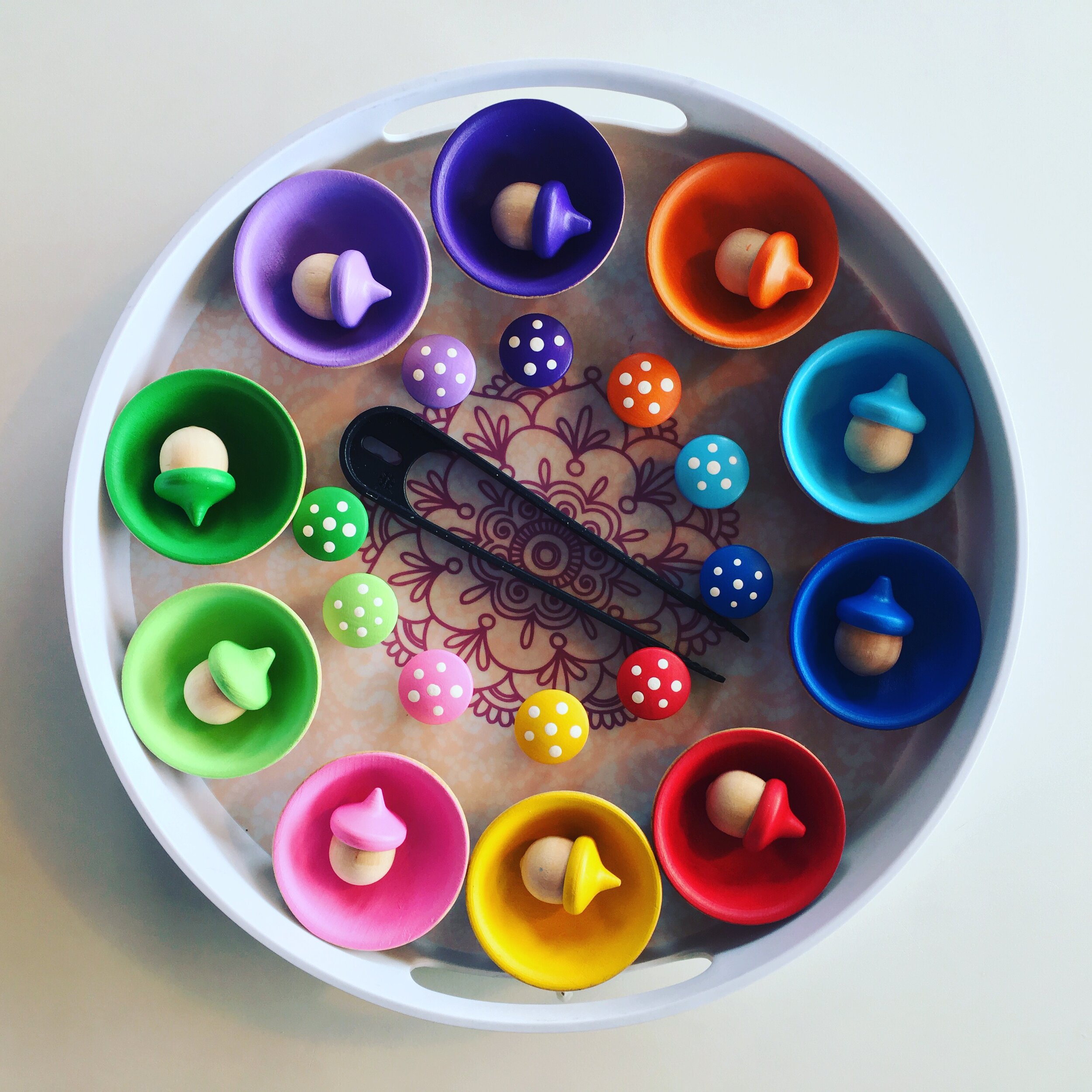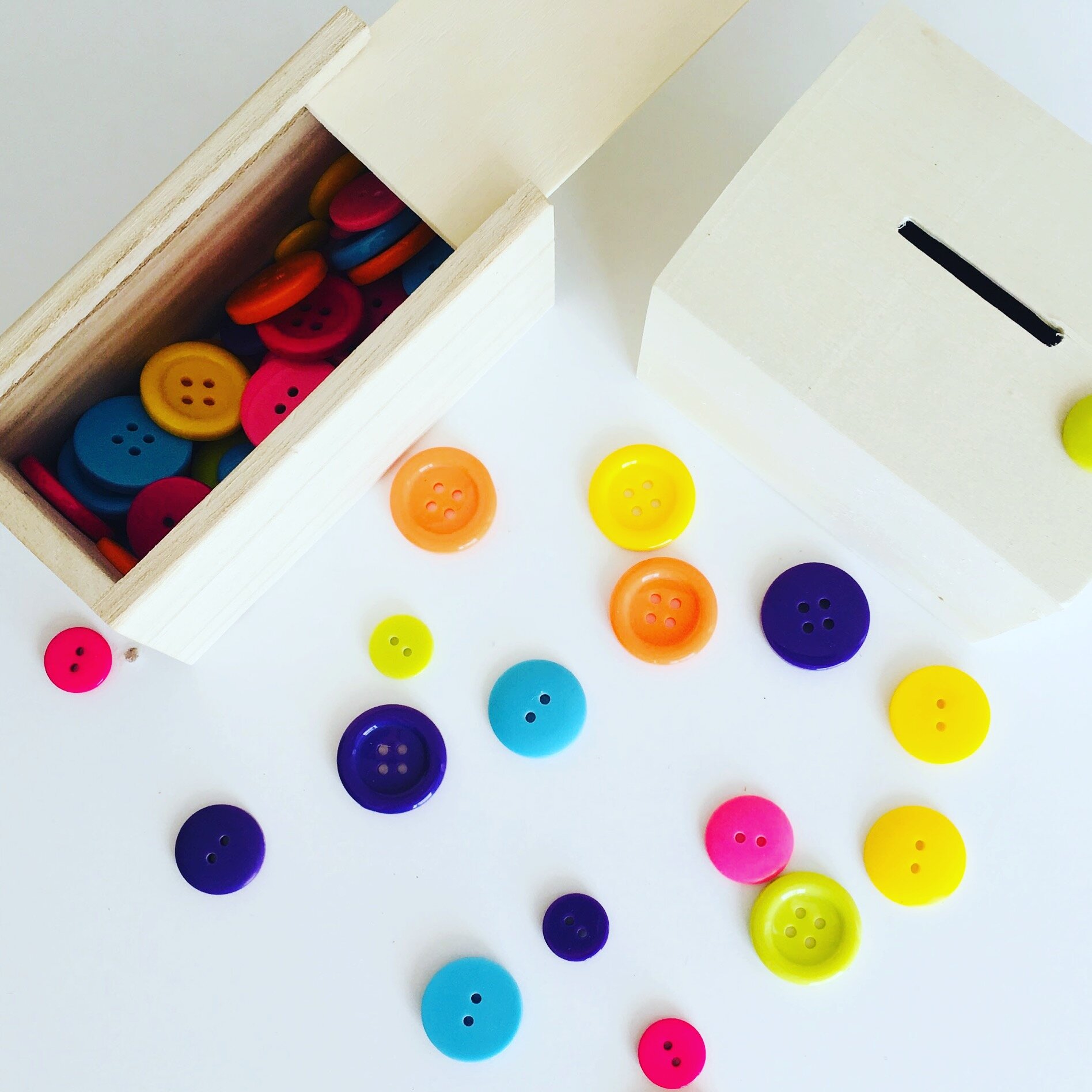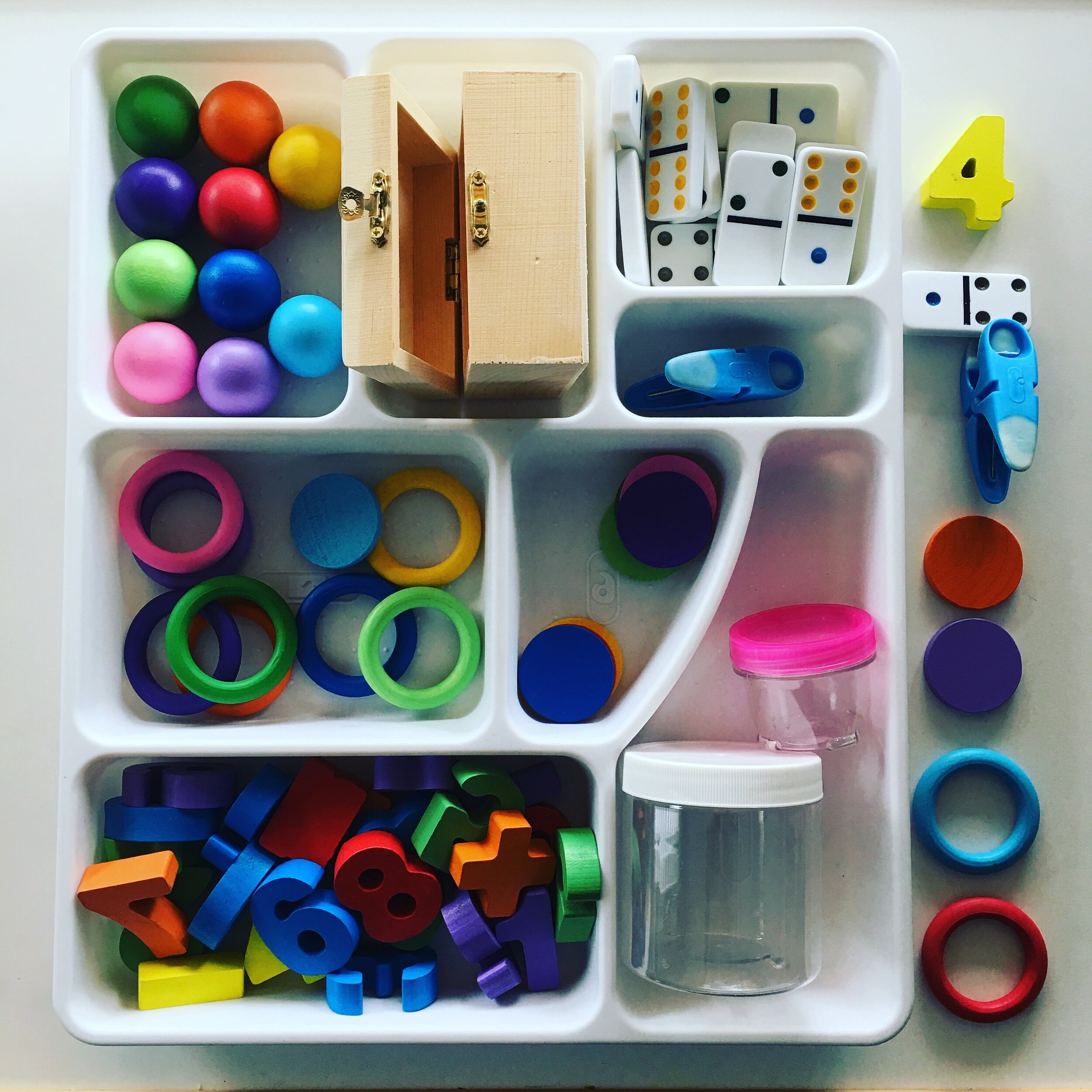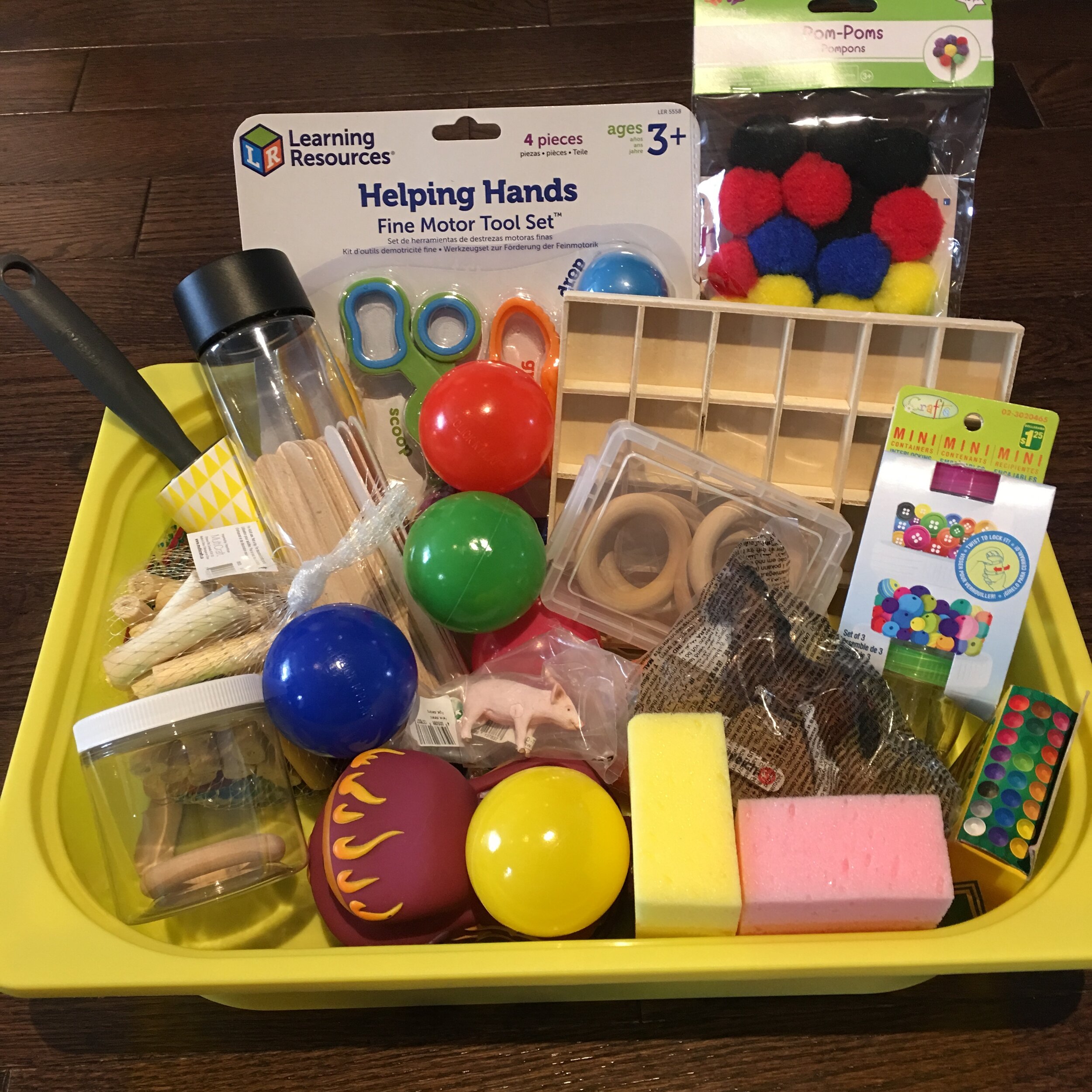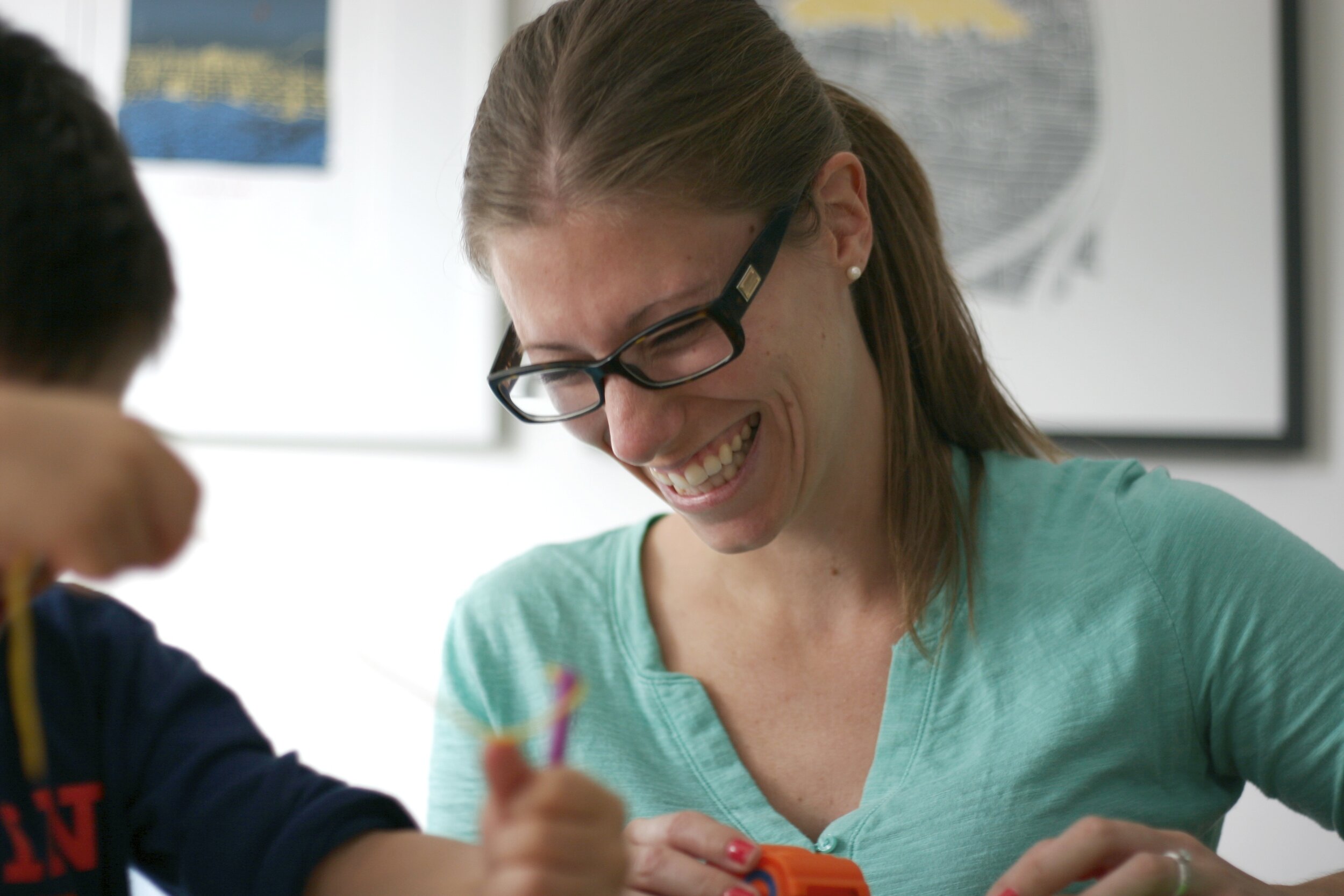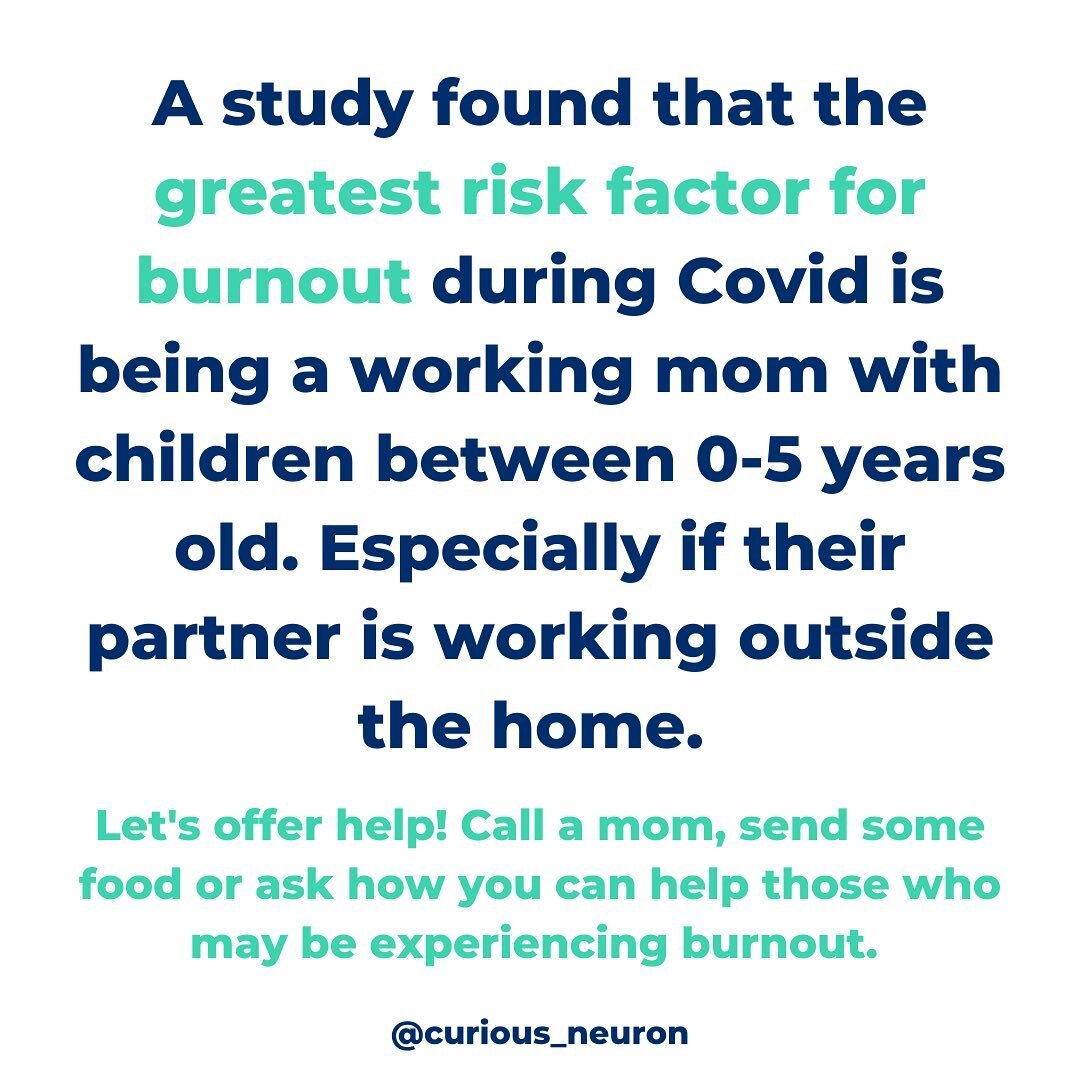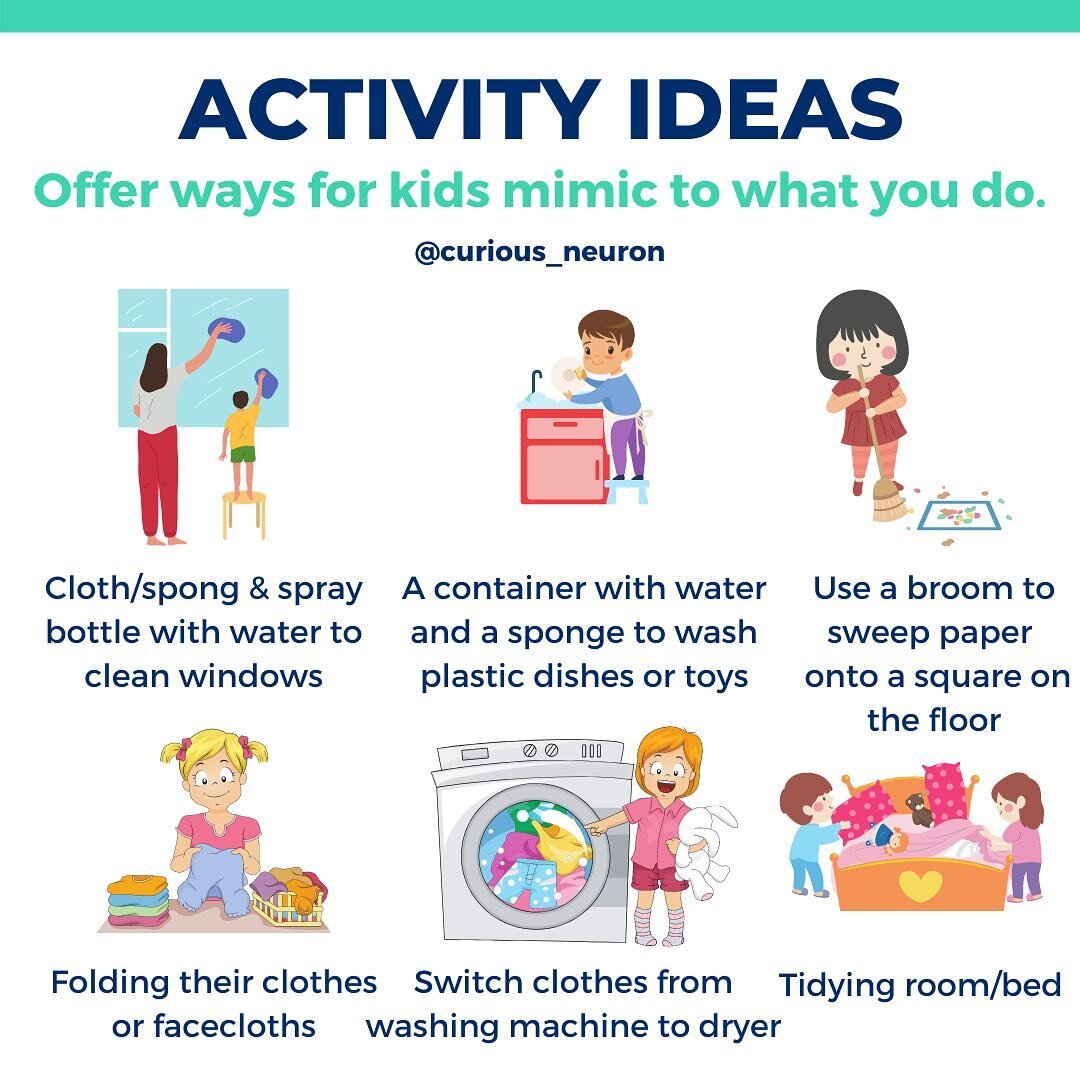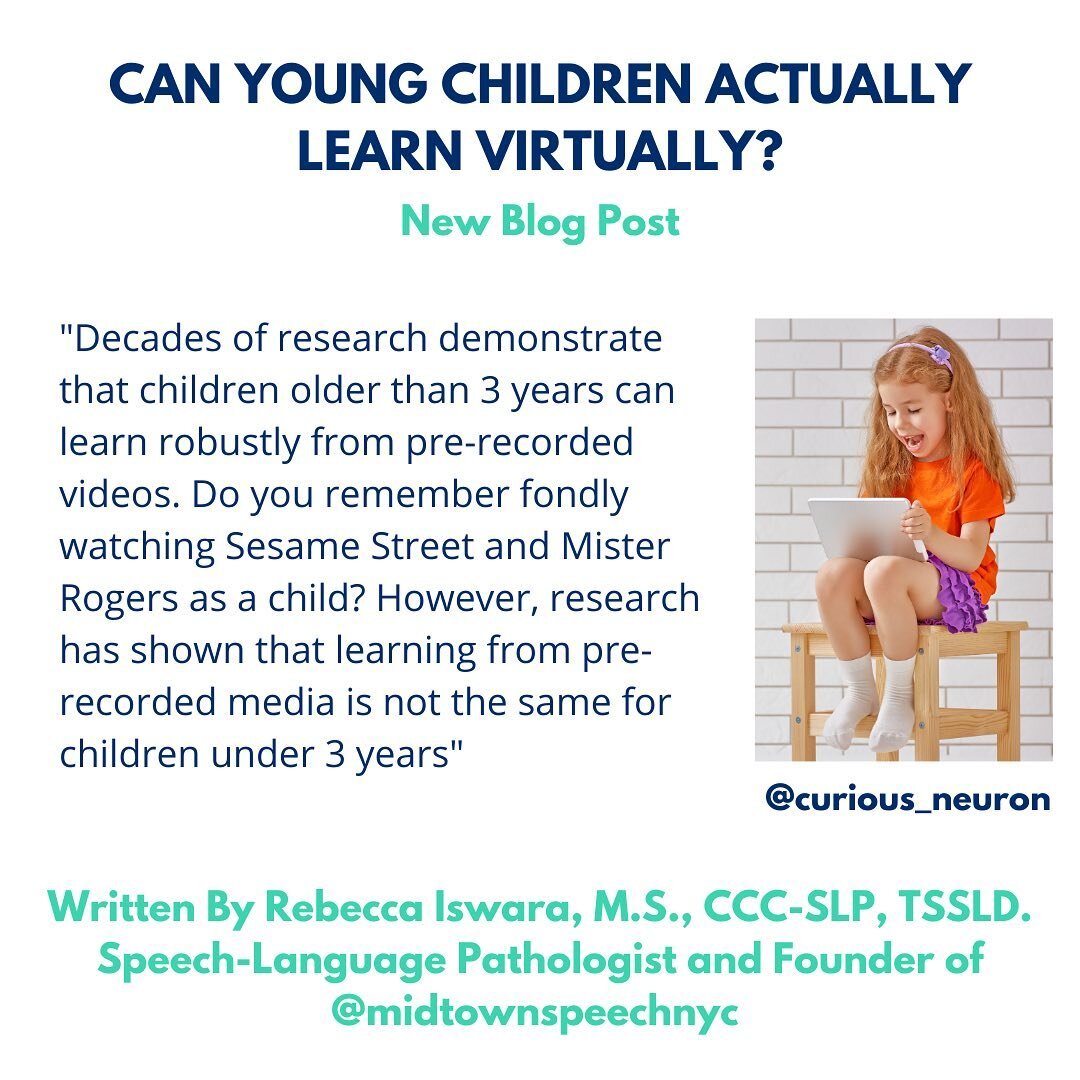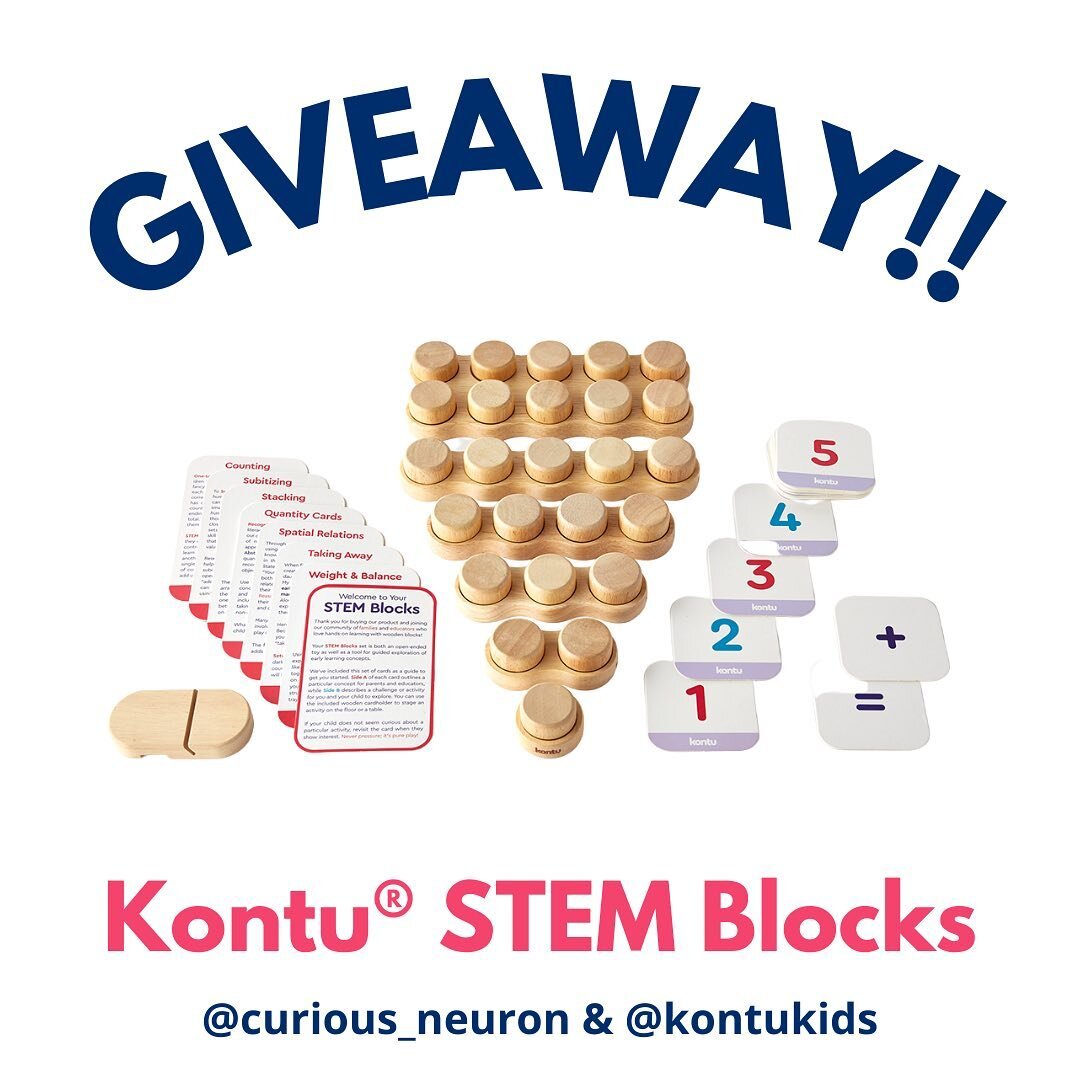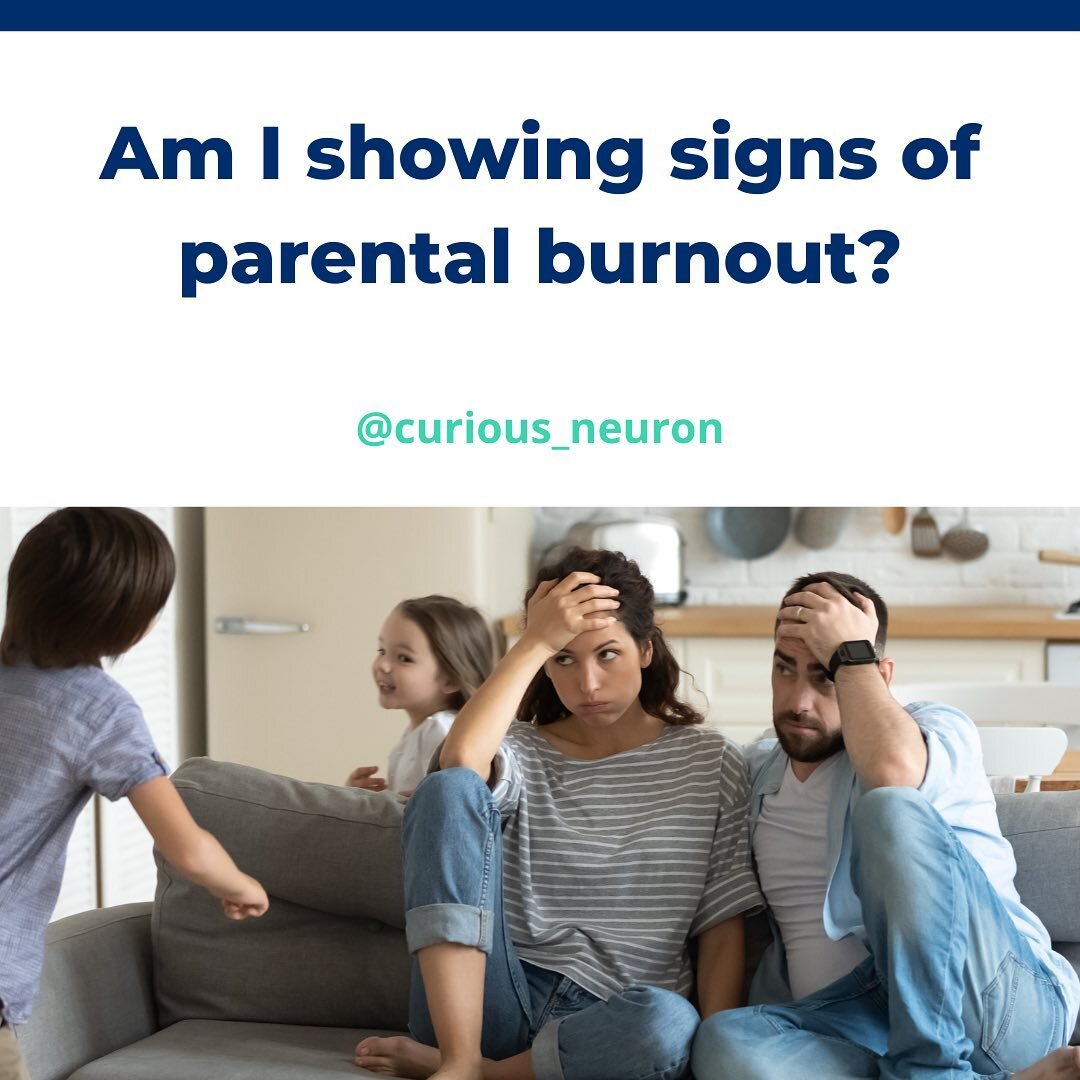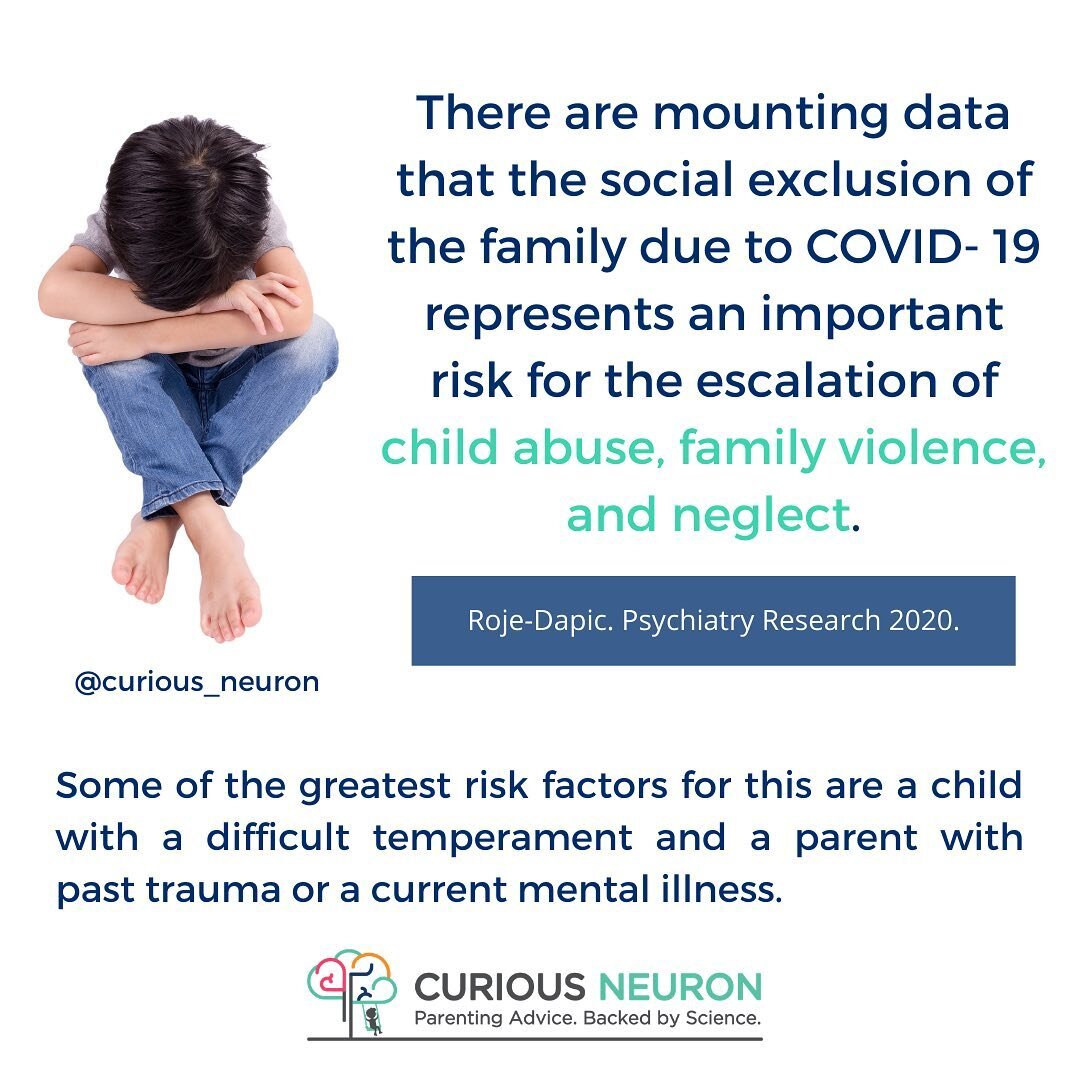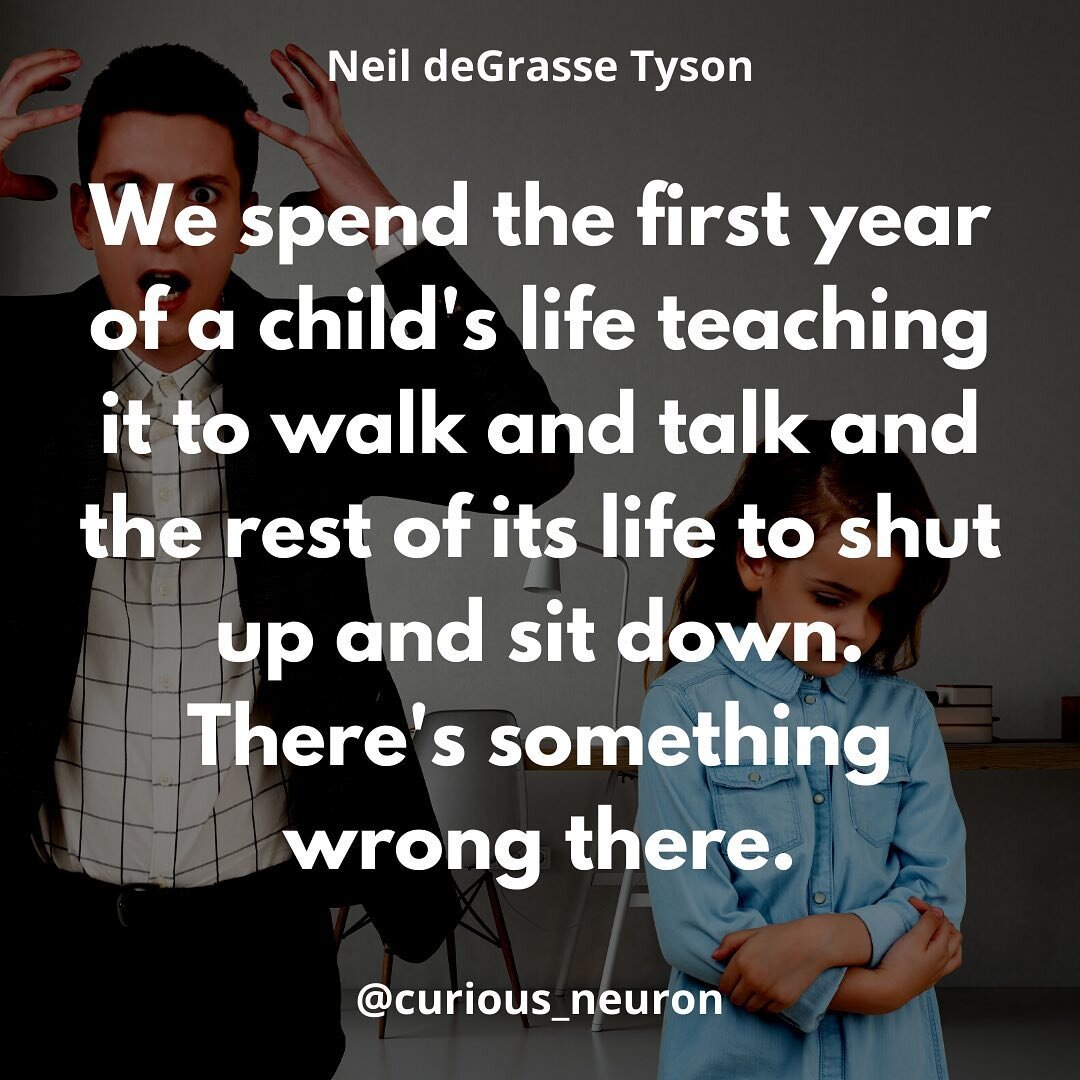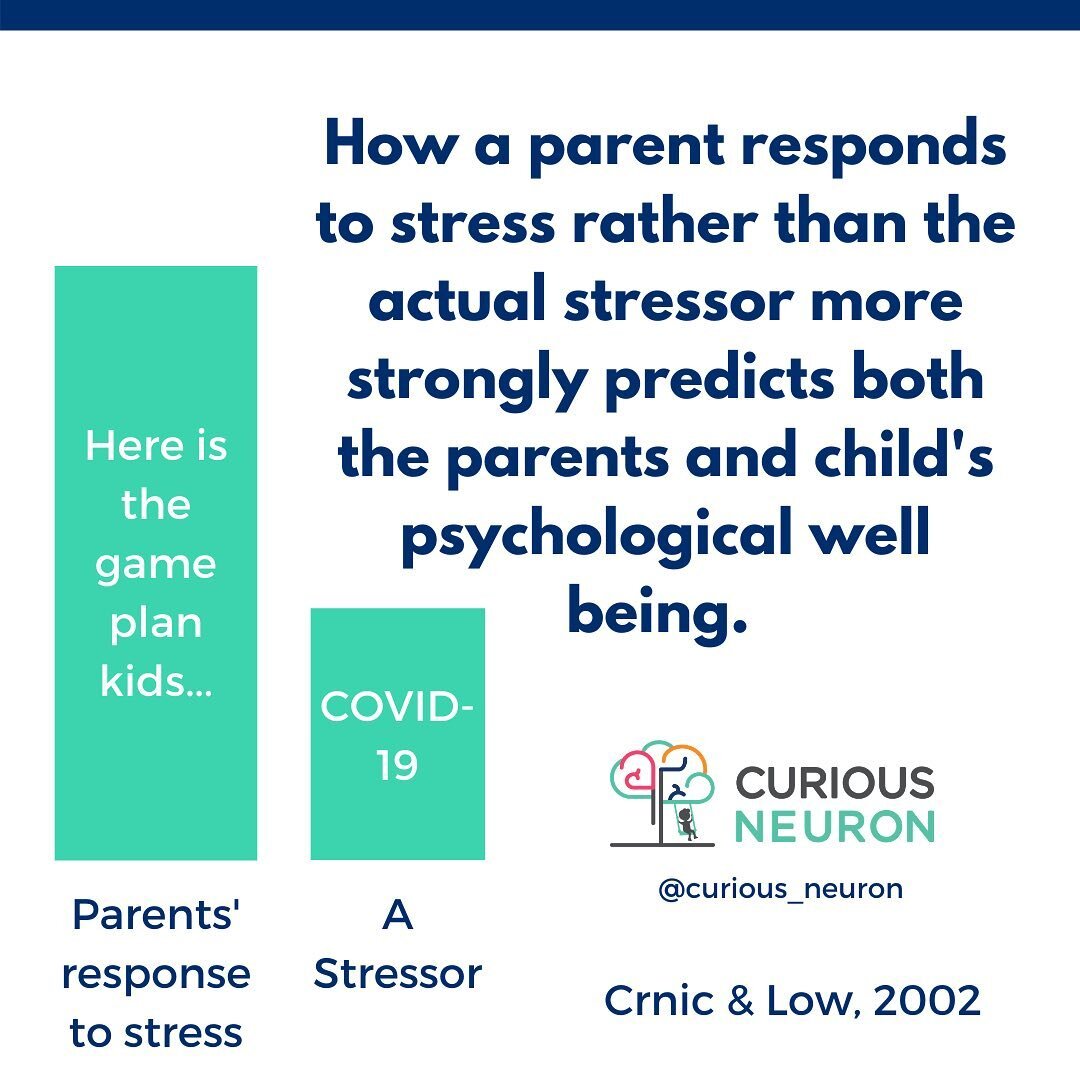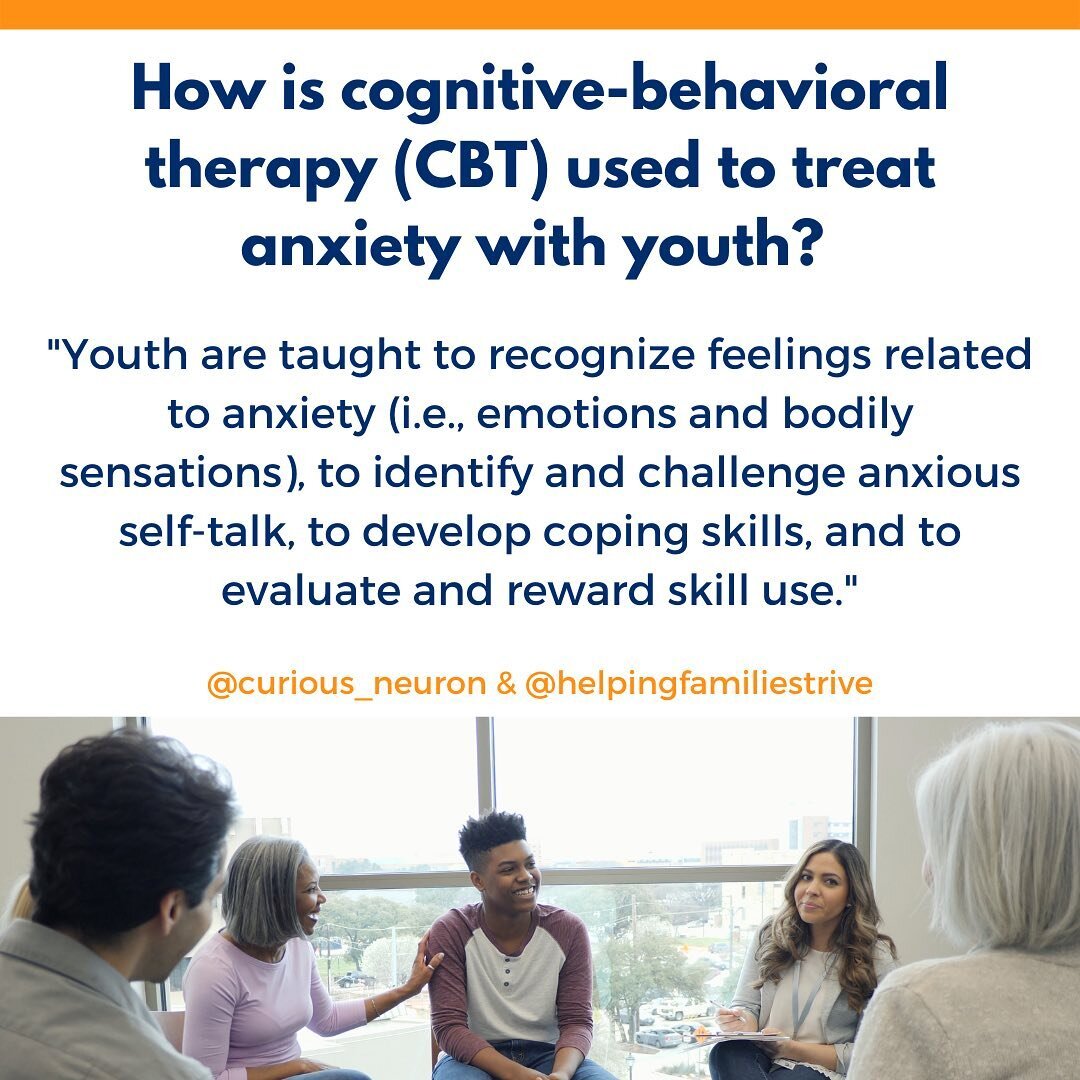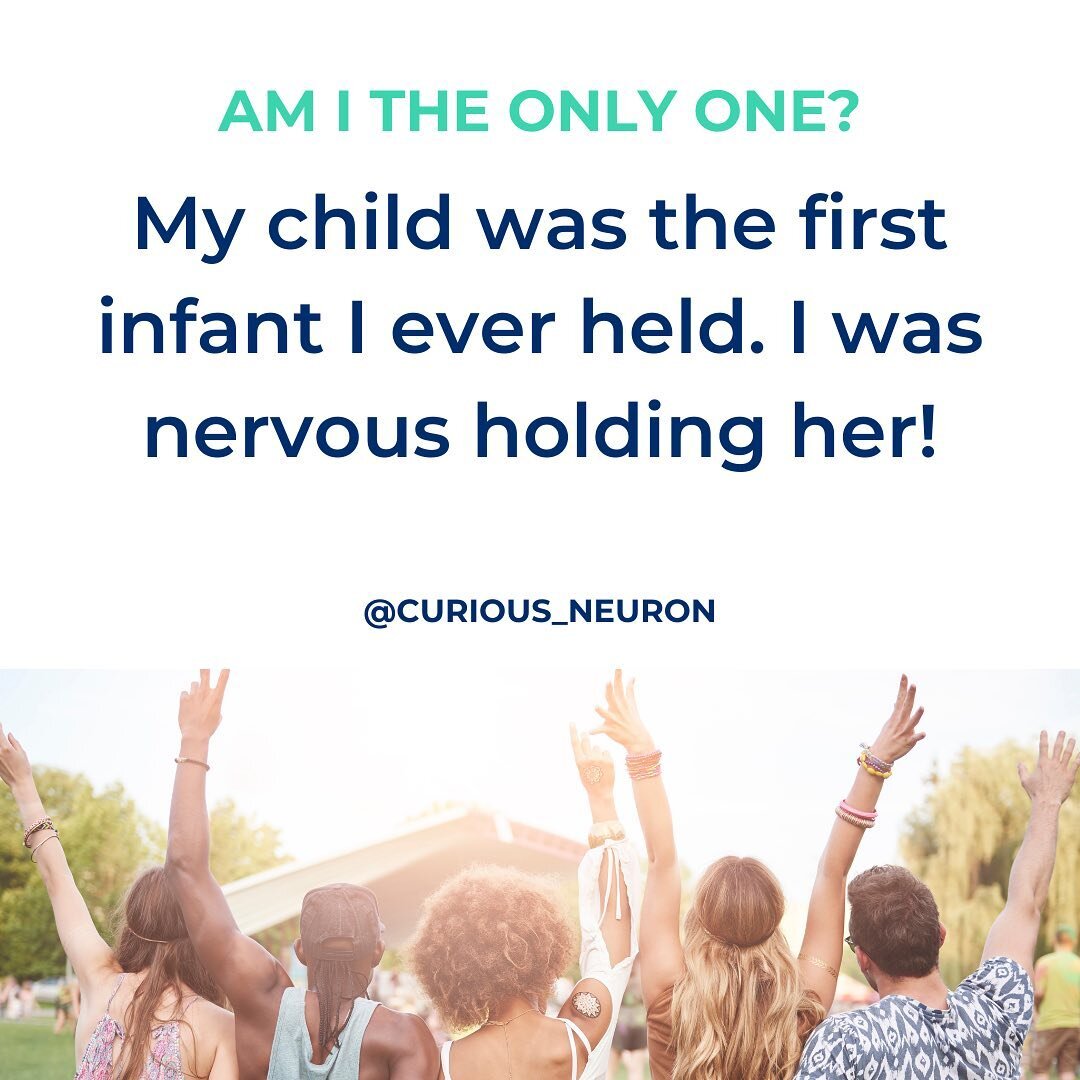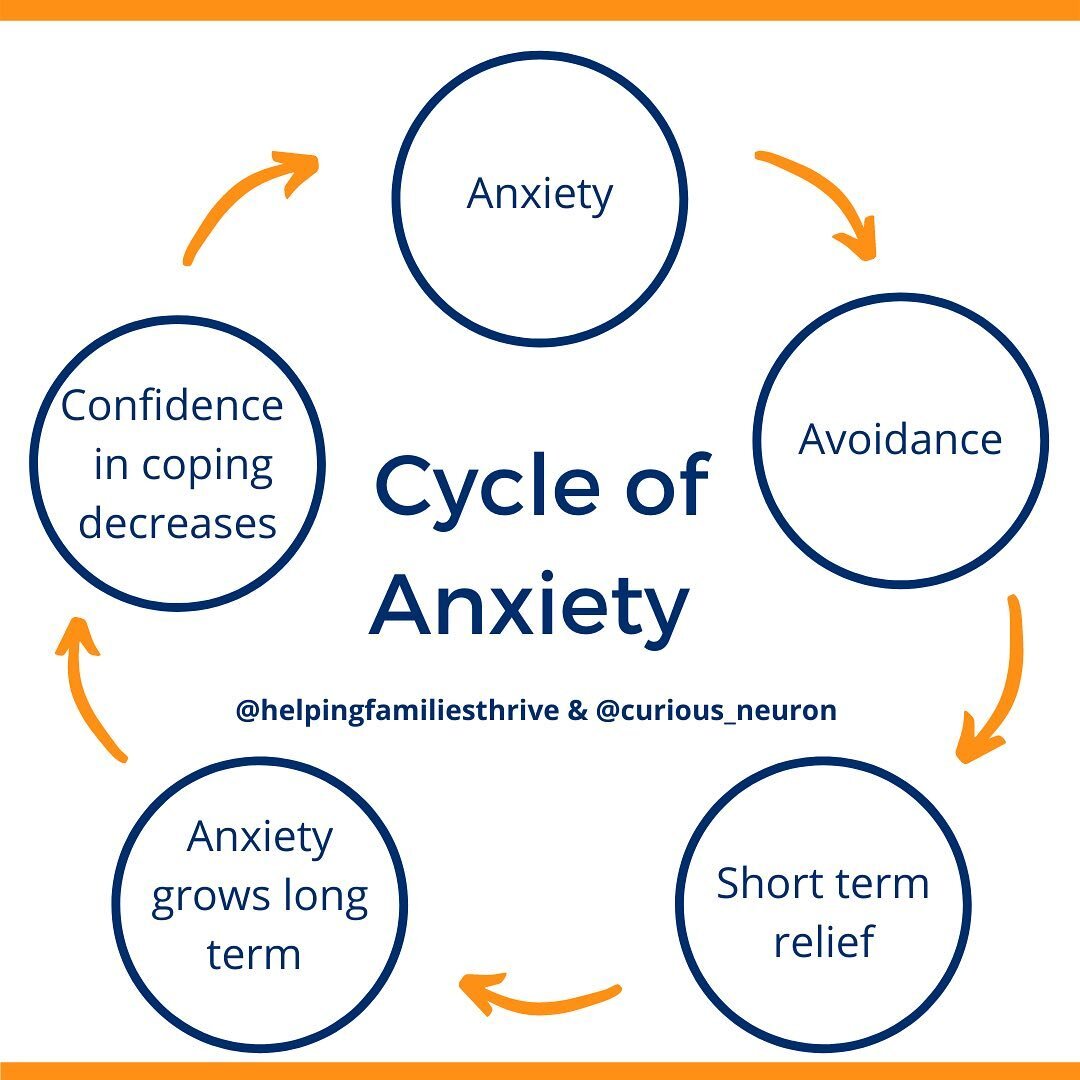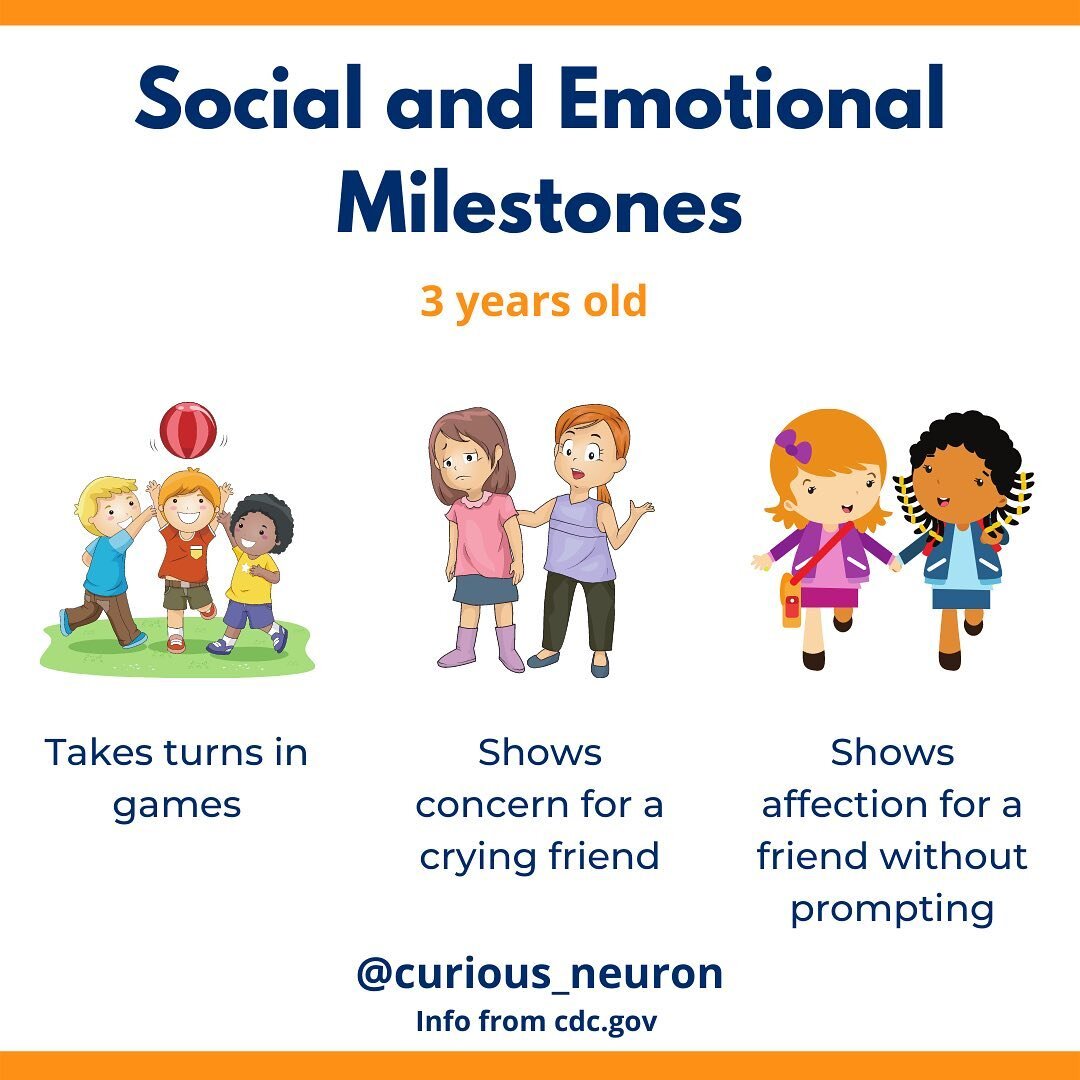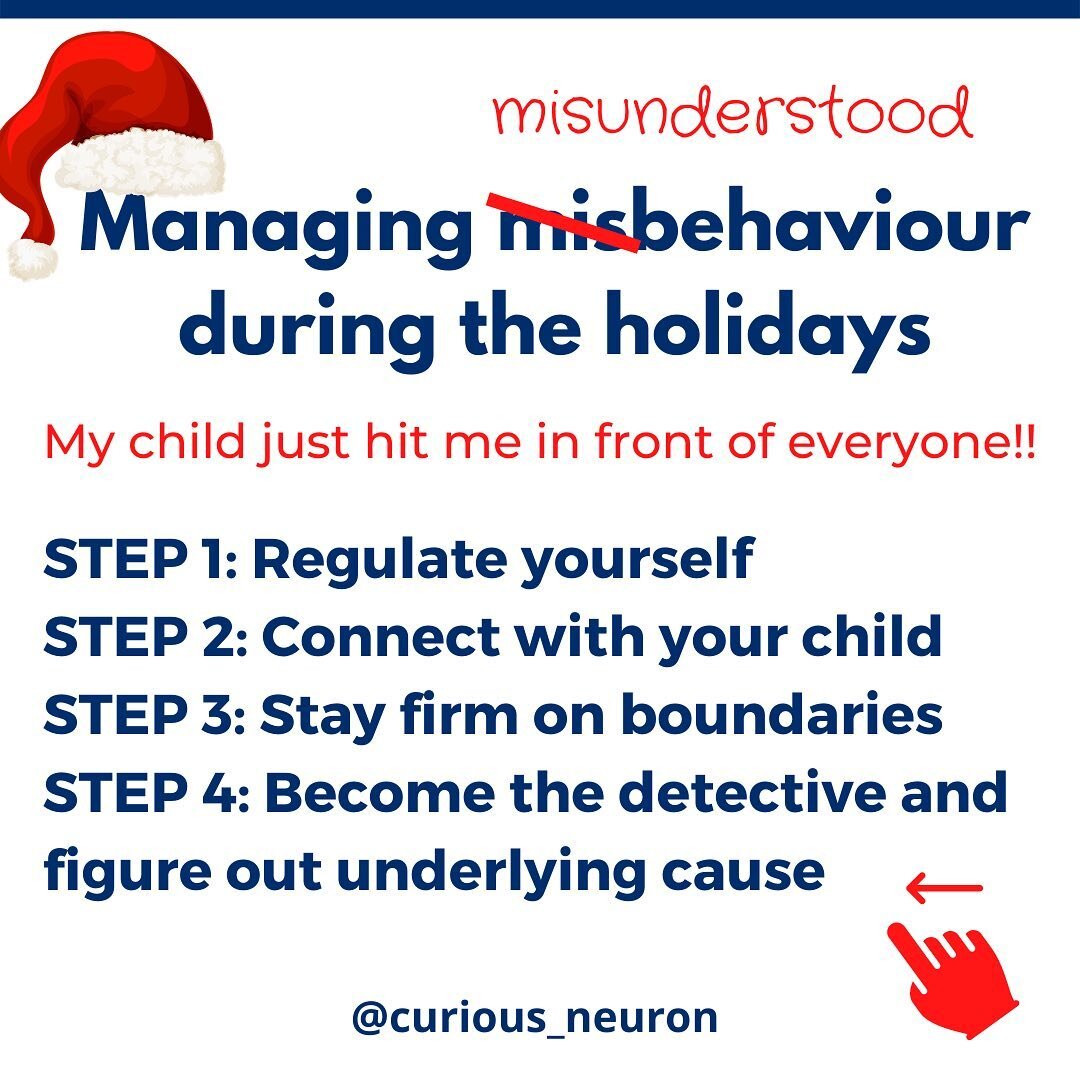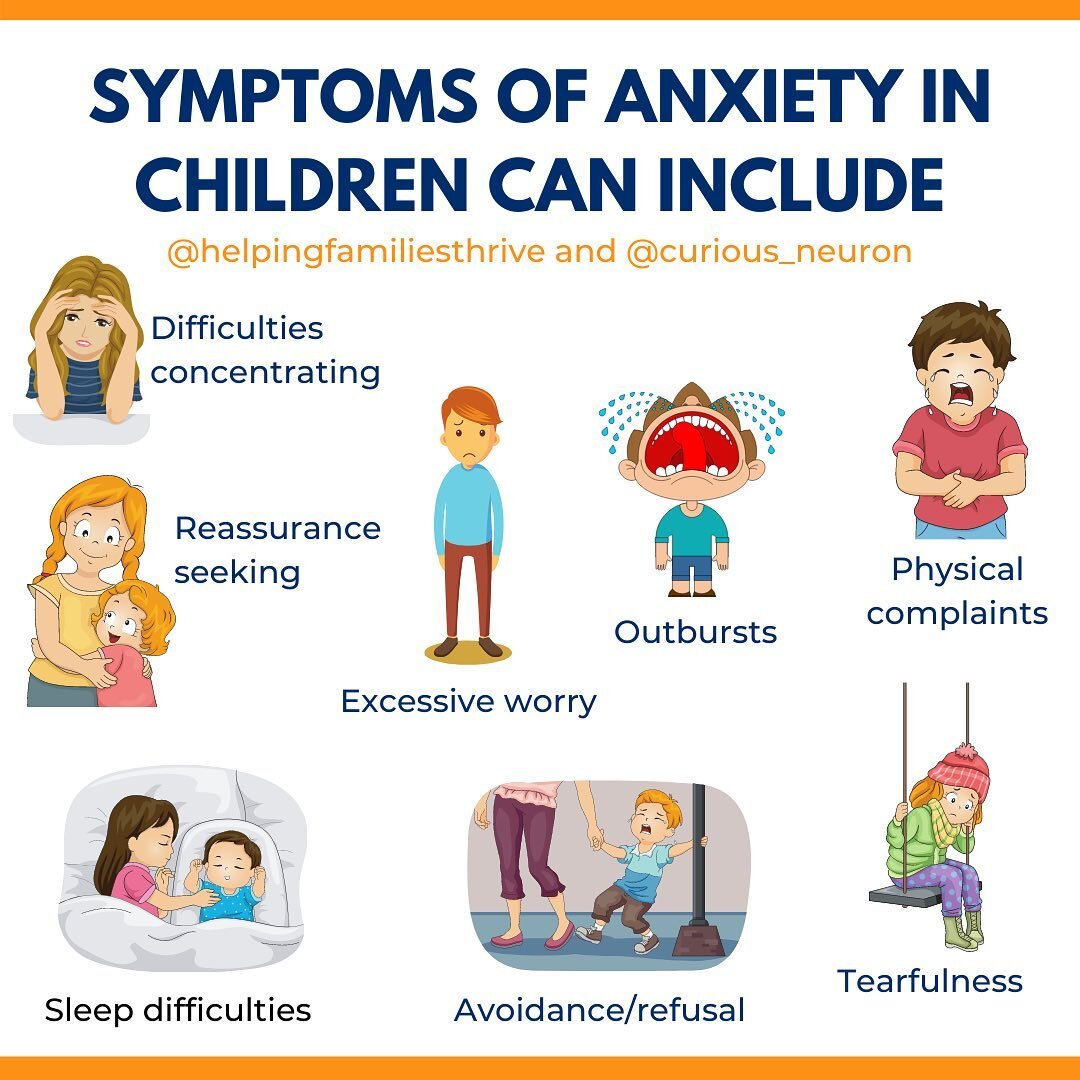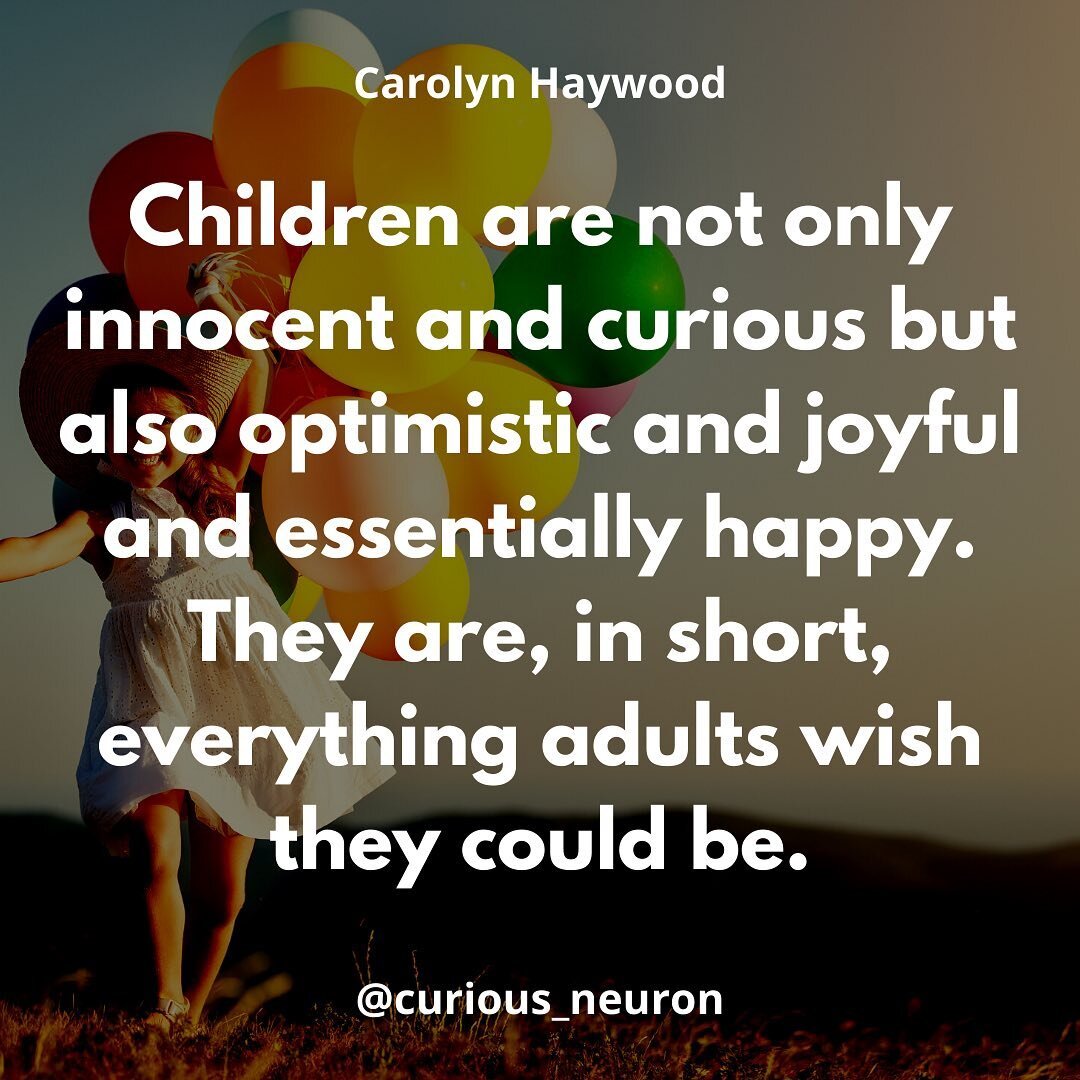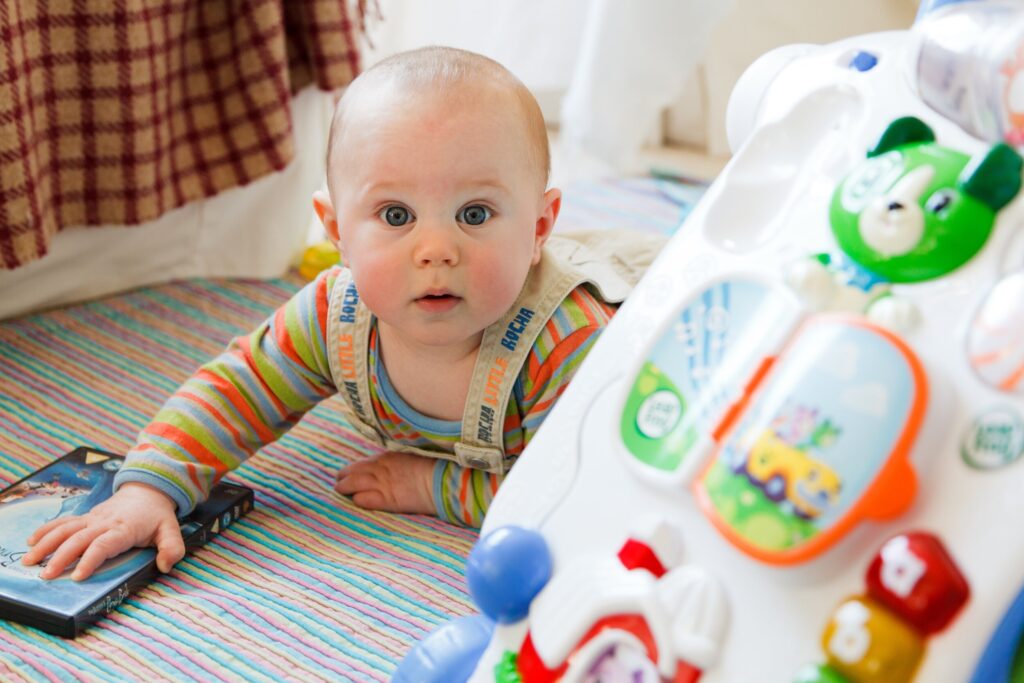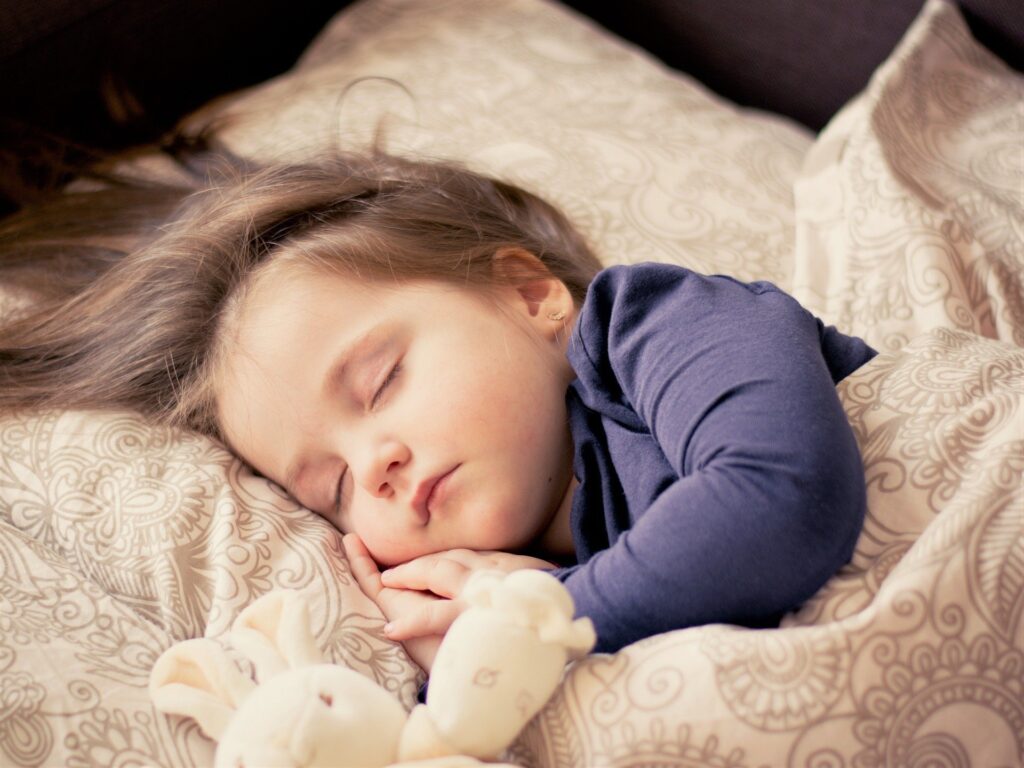Written by Cindy Hovington, Ph.D. Founder of Curious Neuron, Co-founder of Wondergrade.and Host of the Curious Neuron Podcast
I’ve been working on my list of favorite toys for a few weeks and something dawned on me. Buying loads of toys isn’t really what I promote when it comes to play. It should be a list of some note-worthy toys (click here to see my list of favourite toys) but more importantly, we need to reevaluate how we define a “toy” and how our children spend their time “playing”. I am often asked how a parent can help a child play more independently. Firstly, we need to minimize how many toys they have in their environment (read more about this here). Secondly, the type of toy matters. Toys that need children to press buttons to play with it or that have only 1 purpose (example pressing a button to launch a car on a ramp) will get 5 min of play time. Toys that are considered to be open-ended such as building blocks, LEGOS, tea sets, toy trucks and cars, animal figurines, dolls, loose parts or magnetic tiles allow for a lot more play time. Children will also grow with these toys. Lastly, we can’t forget the importance of our presence during a child’s play time. Of course children need to learn to play independently, but making sure we take time to play with our children is also one of the greatest ways to help with their development.
When we play with our children we are:
My playroom set up. A reading corner, IKEA KALLAX shelf with small invitations to play and to the right (not in picture) an arts corner.
-
helping them build their language
-
developing their social skills
-
teaching them how to wait their turn and be patient
-
helping them strengthen their attention span and stay focused longer
-
teaching them how to control their emotions (“Oh no! Our block tower collapsed! I’m feeling frustrated just like you! Ahh bananas! Oh well, lets build it again!”)
-
teaching them how to follow rules which build important executive functioning skills (which have been shown to predict academic success)
Can you find a toy that does all the above?! Nope! If you are looking for true “educational toys” and ways to help your child learn and develop through play, here are a few tips.
Books, books and more books.
In our home. we have books everywhere! In every bedroom, the living room, playroom, our car, busy bag for when we are out and even in my purse! If the kids are sick, we read books to stay calm. If I’m sick, we read books. If we want to play pretend or play theatre, we use our books. Playing with puppets, we use our…you guessed it…books! The play possibilities are endless!
Used a Halloween costume to reenact the Paper Bag Princess. We each played a different character!
Reading to my 2 month old while he does some tummy time.
The best toys are probably already in your home.
Look around your home. Do you have an empty Kleenex box? BAM, you’ve got a toy for your baby as of about 4-5 months. Just put a silk scarf or baby safe toys inside. A muffin tin? Place some small balls in each space for a baby’s tummy time activity or place toys in the spaces and cover them with painting tape for a motor activity for toddlers (they need to remove the tape to get to the toy). Do you have an empty egg cartoon? Now you’ve got a motor activity for your toddler. Just place it upside down and poke some toothpicks or pipe pipecleaners on each spot and have your child place some beads on them. Or you can even just paint it. If you follow @curiousneuron, @busytoddler or @kidsplaytricks on Instagram, you can get simple play ideas using items you already have at home.
A self-serve station for kids ages 2-6 allows them to learn life skills and build confidence by being more independent.
You can place these items in a baby safe basket or bowl and offer it to your baby (4-10 months) as a “discovery basket”.
A set up for play with my 4 month old during tummy time.
“What’s inside my box game?” Show your child a few objects by presenting them like in this picture. Have them cover their eyes and place one object in the box. Can they recognize which object is missing?
Open-ended toys
When I buy a toy I think of it’s longevity. Am I buying something that will last one year or 5 years? Magnetic tiles, building blocks, train sets, Geostix, Rainbow Pebbles, Magnetic STEM blocks, animal figurines, pretend play ideas such as a tea set, or LEGOs are all toys that kids will develop many skills with and use for many years. That’s a win in my book!
Kontu Magnetic STEM blocks.
edxeducation GeoStix
A large storage bin for sensory play
Every house should have a sensory bin! It’s so simple and it’s probably the best “educational toy”. It helps a child develop the ability to remain focused, develops motor skills, it teaches them life skills and math such as scooping, pouring (stopping when its full), and it teaches restraint since you need to keep the materials inside the bin. All you need is a large storage container (shallow) or even a small bin from IKEA (3$) or a cat litter box from the dollar store. Depending on your child’s age, you can add some water, dried oats, dried rice, pom poms or dried beans. You can give them a spoon, ladle or measuring cup to scoop what is inside the bin and some bowls or small containers/jars that they can fill up and empty. I started sensory bins with my kids before they were 1. I started with taste safe items such as dried oats. As soon as their hand would go towards their mouth I would say “Yuck! Not in your mouth, keep it inside the bin!” and I would gently lower their hand. After doing this for a few weeks they got the point and stopped eating what was inside the bin. With my toddler, he would initially toss the food outside of the bin. Before we play, we establish the rules. Rule 1: Don’t put anything in your mouth, Rule 2: No tossing or throwing whats inside the bin. I learned the “One chance for success rule” from Susie at Busy Toddler. If they break one of these rules they get 1 chance for success. If they break it again, the bin is taken away. My kids quickly learned that if they wanted to play, they needed to follow the rules.
These motor tools are a great when it comes to playing with a sensory bin!
Each one of my kids has their own IKEA TROFAST bin. I also have a larger one for them to play with. I have some water beads in their bins here.
I have coloured rice in this bin (I just add some white rice to a Ziplock and add kids paint to it…shake to cover the rice and lay it flat out to dry on parchment paper)
Anything could be used as a sensory bin, here, I used a baking dish. I added some flour with a few spoonfuls of cocoa power to make it look like dirt and added trucks!
A sensory tray and invitation to play! I added popcorn kernels with farm animal figurines.
Trays, containers,baskets and jars
If you were to ask my husband what I like to hoard, he would most probably say jars, trays and containers! Trays made of wood, plastic, trays with 3 divisions, 7 divisions, round trays, rectangular and the list goes on. Small containers, large containers and jars as well. This is because I could use the same toys and simple display them in a different format using a tray or container and BAM, my kids see it as a new toy. Magic! I like using these with my loose parts (see below), building materials or for pretend play. For example, on my kids play shelf, I might display their tea set on a round tray one week and on a rectangular serving tray another week. I might put a bunch of dice in a small jar along with a wooden spoon. I might use a travel pack of bottles, add a few beads inside one of them and use it to “wash our stuffed animals”.
A set up for my kids play shelf. Small parts and containers. They used this set up to pretend they were cooking something.
A set up with a bottles travel pack. Added some wooden sticks.
Inside of putting animals in a bin, I only take a few out and I display them on this tray and offer a small wooden box with a latch. My kids like placing these animals inside and pretend they are travelling with it.
Board games
We should try to introduce the concept of board games as young as 18 months. With games such as Roll and Play by ThinkFun we can help children learn to wait for their turn. On my favourite things to buy page (click box below) you will see some game recommendations for each age group. Remember that it takes time for children to build up on their concentration skills. A child’s attention span is about their age in minutes. Meaning If you have a 2 year old, they might be able to focus only for about 3-5 minutes and that’s ok. When you are playing a board game with them it will help build their ability to stay focused. Use them as a a guide. If you have been playing for 6 min and they start getting up and losing focus then end the game. Be consistent and play a few minutes every day. You will see improvements! Best part is helping them develop the ability to stay seated, focused and wait their turn are skills that will greatly benefit them in school!
Setting up “invitations to play”
If a child sees a bunch of bins filled with toys in their play area they might just get the need to empty them all and not really play with them. However, if they see a shell and you’ve created a small house with their building blocks and placed some people inside the house and animals outside, now you’ve INVITED THEM TO PLAY! They will be drawn to it and most probably get right into imaginative play. Invitations to play can also be prepared using sensory bins. You can take a container and add some dried white beans (pretend snow), add a polar bear or penguin along with a small bowl filled with Goldfish crackers and a small spoon. I am positive that a child will automatically be invited to play with it and pretend they are feeding the animals some fish!
Follow @rattleandrollkids on Instagram for some inspiration when it comes to sensory bins and invitations to play. Just looking at this picture makes ME want to play!
I used some LEGO’s, looks parts, baby toys and blocks to create a “house with a blue pool and BBQ” for pretend play. To help my kids play independently, I tell them about the scene.
I used black beans along with some trucks, bowls and loose parts from @chickadeeswoodentoys, motor tools from Learning Resources and added outer space stickers to some black rocks!
I have a bin filled with PlayDoh and tools but I don’t hand the bin over to try kids. I use this tray and add some PlayDoh, some tools, and small parts like string, pipe cleaners, buttons and eyes and invited them to create monsters.
Loose parts
Loose parts are my newest discovery (learn more about loose parts here). They are small items that don’t have much of a “purpose” such as small pieces of wood or large wooden beads. But from what I’ve learned, by playing with loose parts with my children, they can become just about anything! Pair them with jars, containers of different sizes, trays and boxes and you’ve got a different toy and activity every time! You can find loose parts at the dollarstore or at Michaels. My favourite place to get loose parts is Chickadeeswooden toys on Etsy. Check them out here, and at checkout add code CURIOUS10 to get 10% off!! See below for pictures of chickadees wooden toys.
My children played doctor with this set up using @chickadeeswoodentoys and were pretending to prepare prescriptions.
Buttons and wooden piggy banks. We played the game, will the button fit? We tried inserting the buttons but not all buttons fit.
This is our candy shop set up using our loose parts.
This is our coffee shop set up using our loose parts.
Wooden rings are also fun loose parts. We paired it with this plate holder from IKEA (OSTBIT).
Printable’s and flash cards
On days we don’t have time to set up an activity, there are tones of fun activities at our fingertips.
I love the Preschool Play Tricks program (click here). For the price of a “toy” you can get pdfs for weeks and weeks to come filled with play-based learning activities. These are intended for children ages 2-4. You can also up your pretend play game by printing some of these (click here) dramatic play printable. If you are homeschooling for preschool or even if you want a 5-10 min activity after dinner as some “quiet time” before bed, you can also get great print outs here and here. You can print them in colour and get them laminated and offer them as a gift. Best part is that most of these are free!
I love these Yoga cards from Mindful Munchkins, they are a great way to introduce yoga to young children and help guide them during quiet before bedtime.
Mindful Munchkin Yoga Cards (website)
Sample activity from Preschool Play Tricks Program
Your presence is the best present!
An example of a gift for a 1-3 year old. An IKEA TROFAST bin filled with items that can put inside to play with including lose parts, animal figurines, jars, pompoms, cars, sponges, a try and some motor tools from Learning Resources.
In the end, we can surround our kids with hundreds of toys but nothing beats taking time every day to sit down, turn the tv off and spend some quality time with them. If you are having some behavioural issues with your child, playing with them can allow conversations to happen that are calm and loving. You can model behaviours you want to see in your toddler by playing pretend or by playing with stuffed animals. When I was working privately with children, every single child between the ages of 3 and 10 years old told me they wished their parents had more time to play with them. Try asking your child these questions, “would you like me to play more with you? What would you like to play with me?”. In the end, isn’t that the greatest gift to you and them? Happy holidays from all of us here at Curious Neuron!
We would love to hear from you! Comment below about some of your favourite “toys” and ways to play with your children.
About the Author
Cindy Hovington holds a doctoral degree in neuroscience from McGill University. Her studies focused on emotions and cognition in people with psychosis. During her studies at the Douglas Mental Health Institute in Montreal, she had the pleasure of becoming one of the coordinators of an award winning science outreach program called BrainReach. This sparked her interest in education which motivated her to pursue her postdoctoral fellowship in science education. She started Curious Neuron in 2013 with the hopes of merging neuroscience and learning to inform parents and teachers.




